

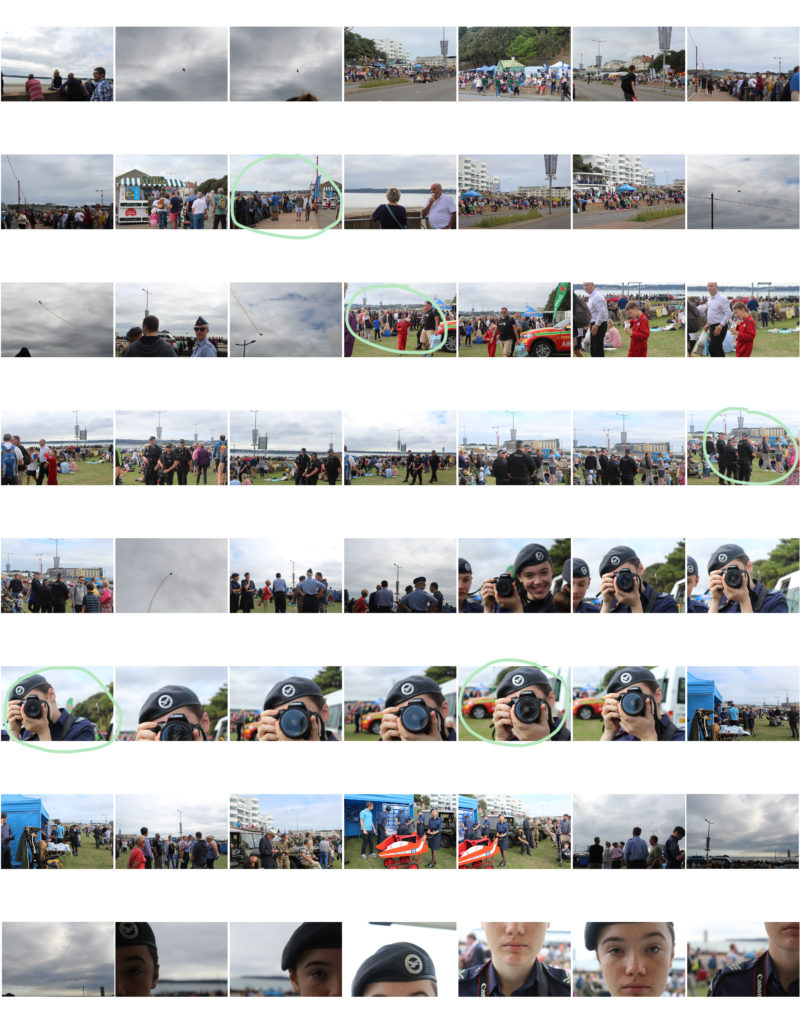
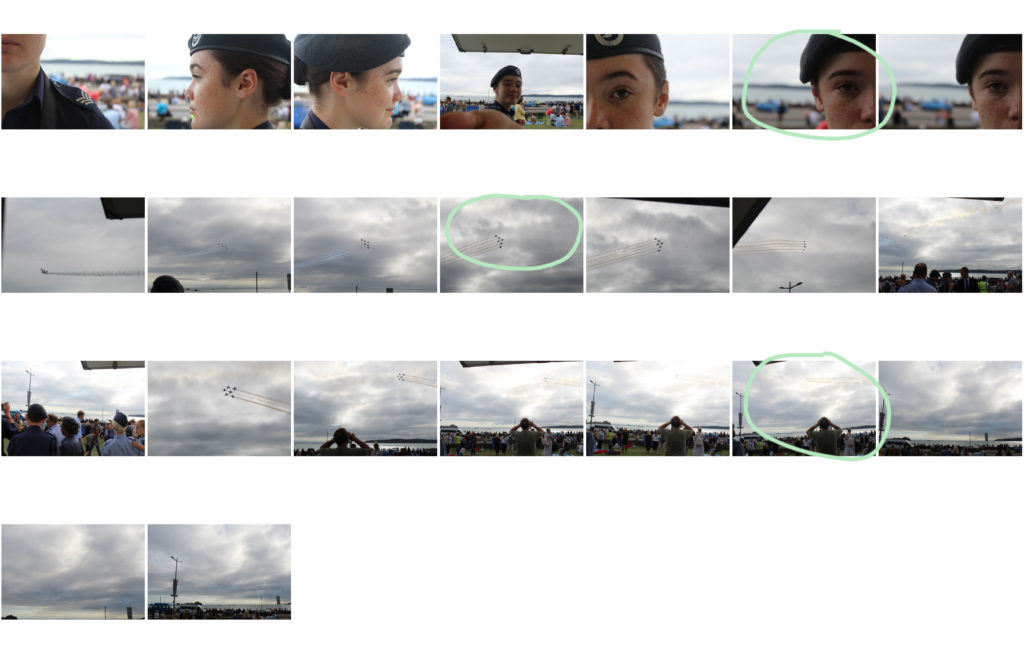




Photomontage is the process of overlapping 2 or more images to create one photo. This can be done physically, using editing software or a mixture of the both. “The Two Ways of Life” (1857) by Oscar Rejlander was the first and most famous photomontage. Rejlander had shown everyone this new style of art and he contributed to it’s popularity today. At first, photomontage was used practically for post cards or large events which could not be captured on film. Although the first recorded photomontage was in 1857, the style of photography peaked in popularity during WW1 when photographers from France, Great Britain, Germany, Austria and Hungary produced postcards showing soldiers on one plane and friends, family and loved ones on another. During WW2 photomontage was still very popular and its influence in propaganda was optimised in this time by the Nazi party and Joseph Goebbels. Photomontages being produced became very political for example from 1930-1938, John Heartfield used photomontage to create 240 “Photomontages of The Nazi Period” to use art as a weapon against fascism and The Third Reich. Hannah Hoch was another example of a photographer who’s photomontage work was heavily politically based. She too lived in Berlin, German most her life and a lot of her work support women and even contributed to the liberation of women during the Weimar republic.
Hannah Hoch
John Heartfield
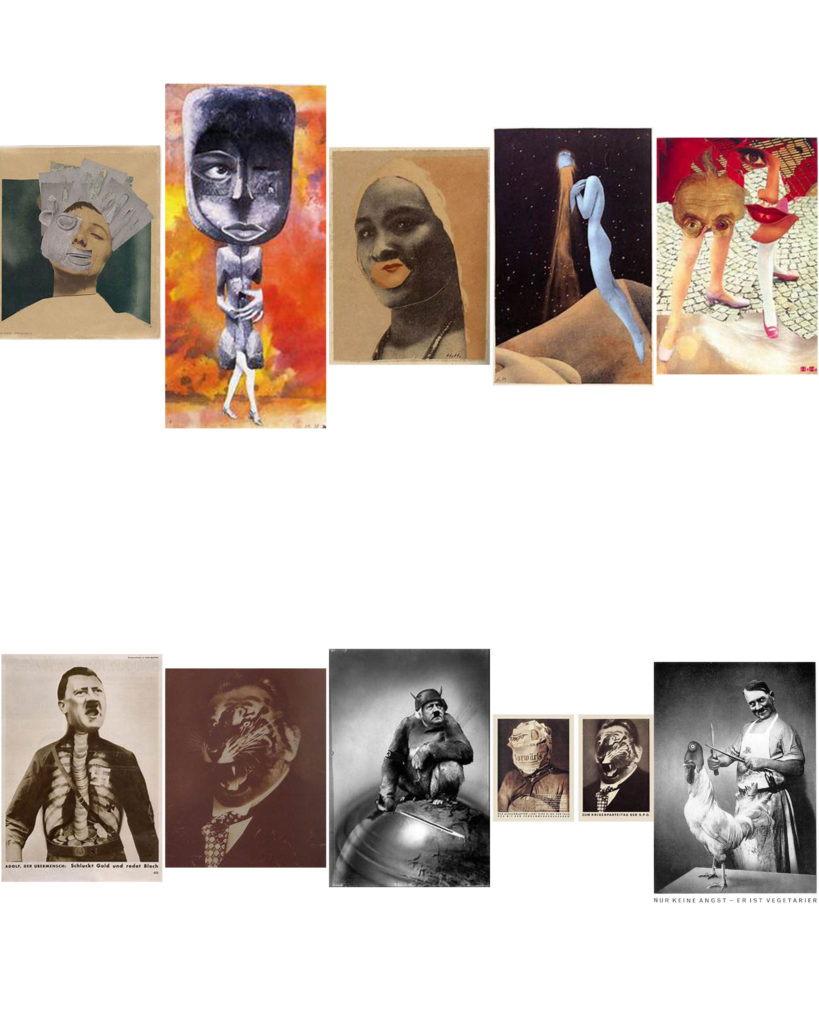
I made contact sheets on Photoshop, and digitally marked any photos, with a circle those I wanted to keep and use, with a cross those I would definitely not use and delete, with a ? if I may come back to them later on in the project, I also left the rest blank and will save them for another time.

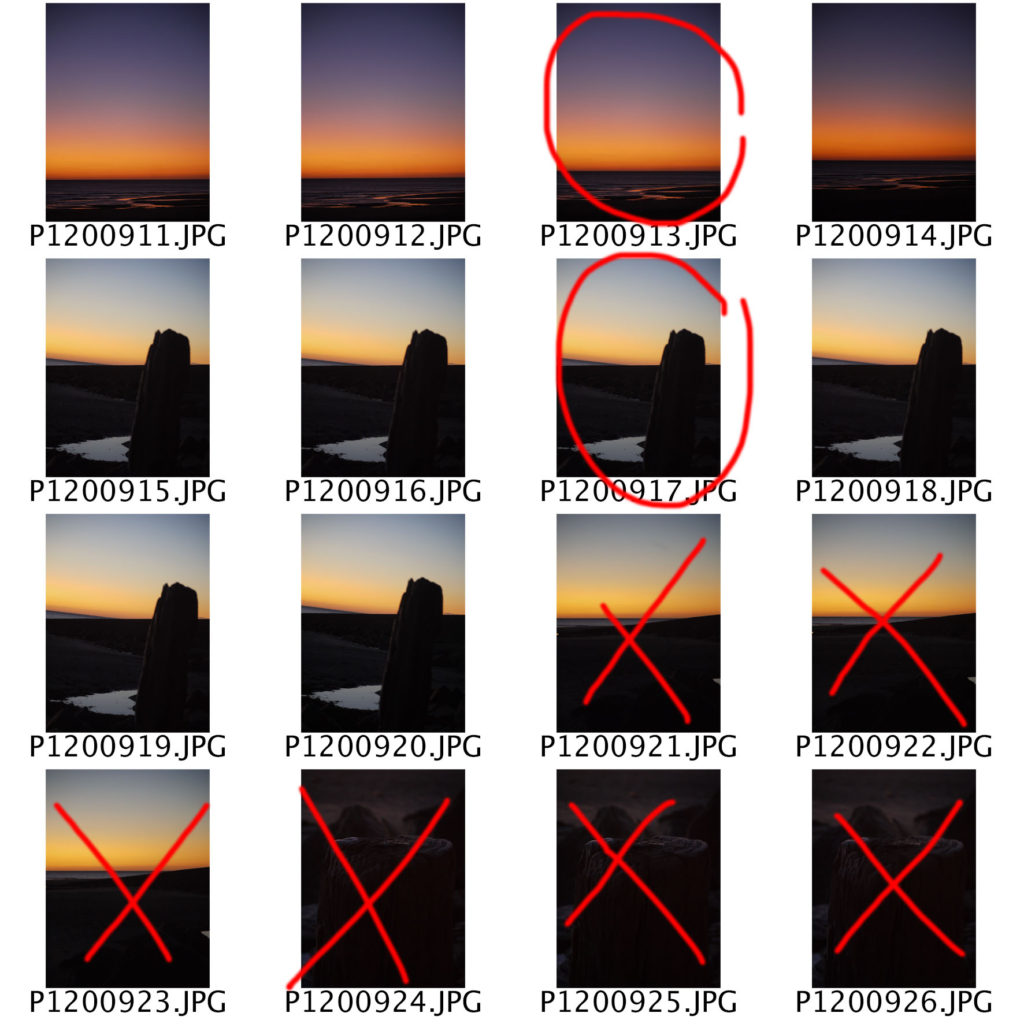
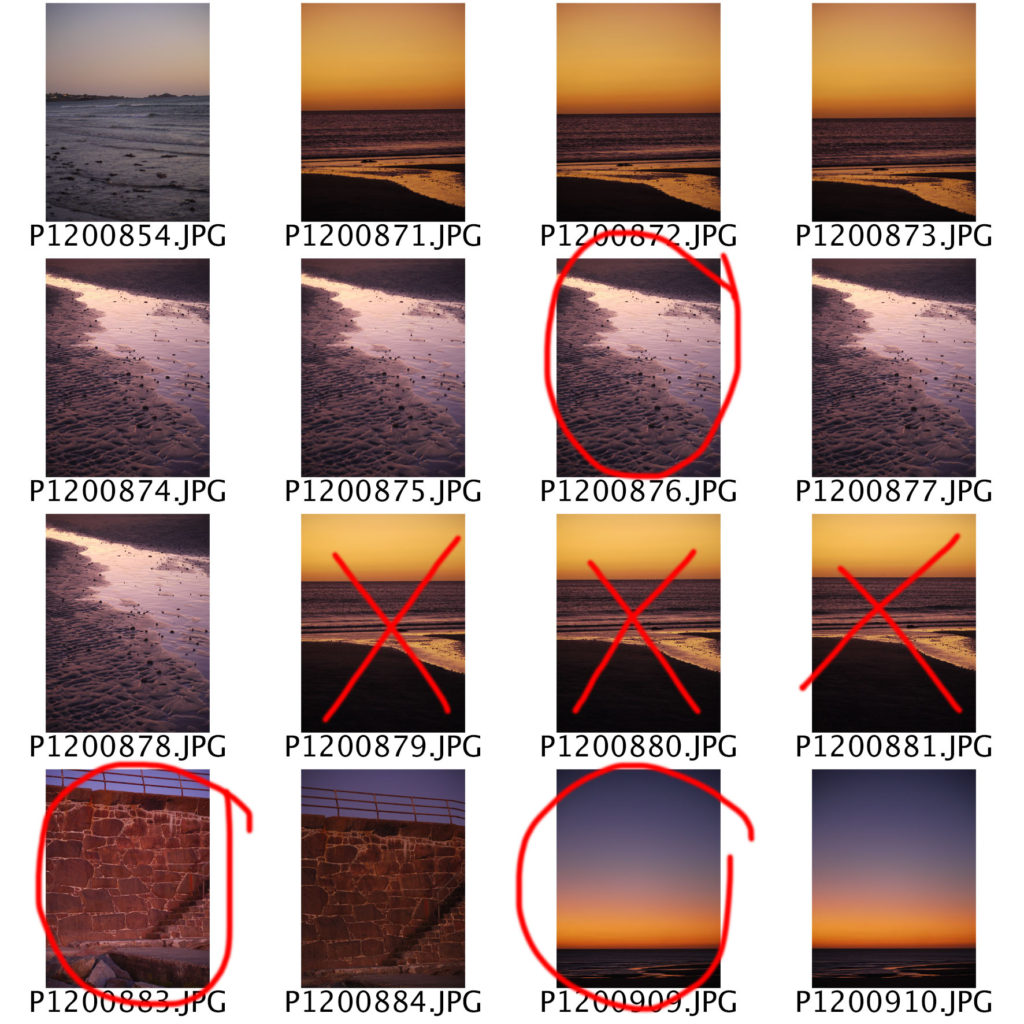
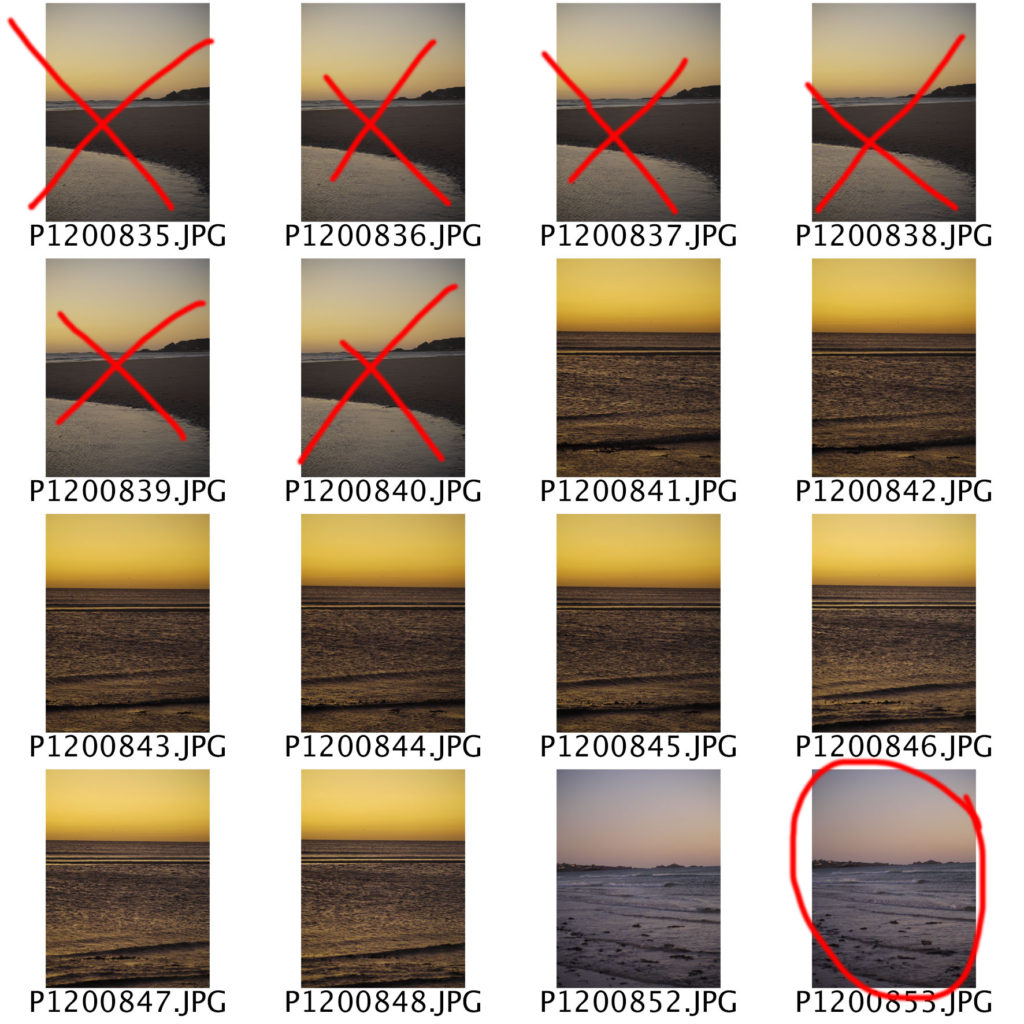
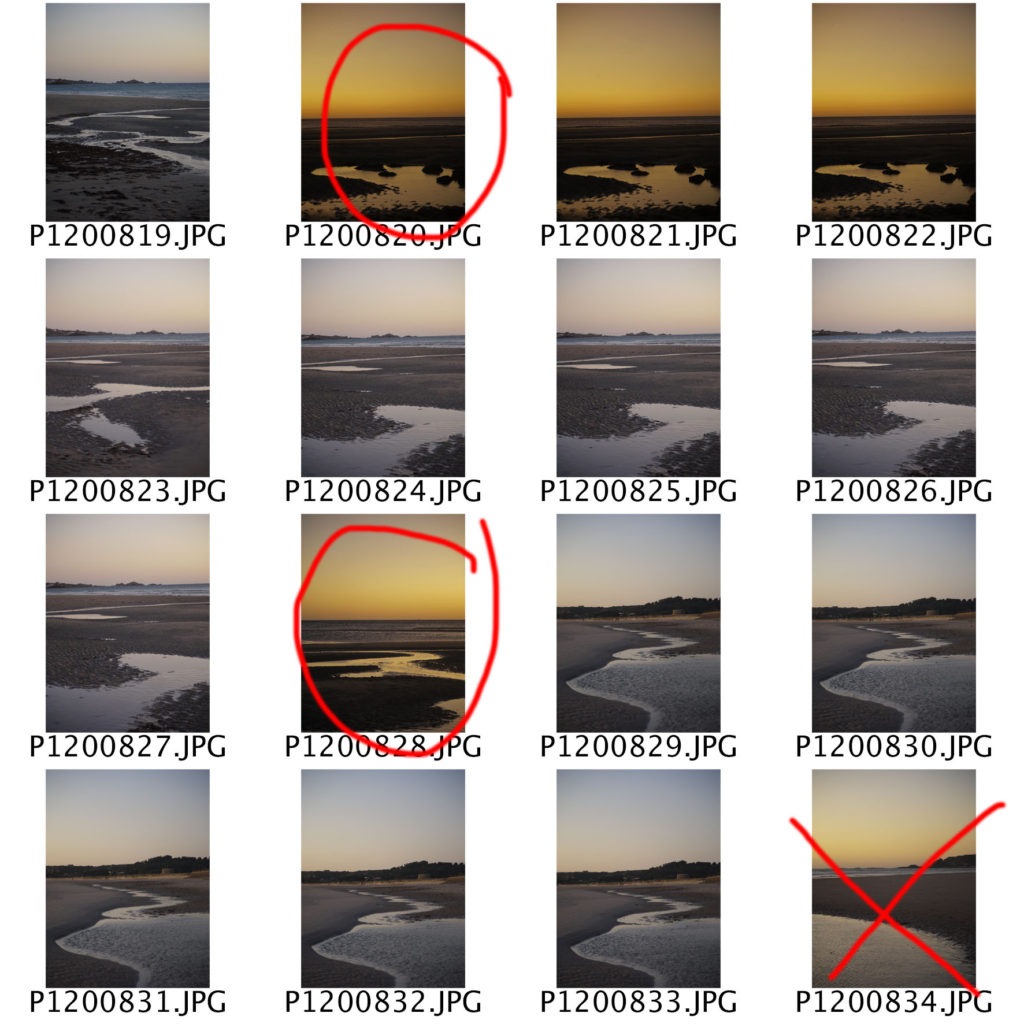
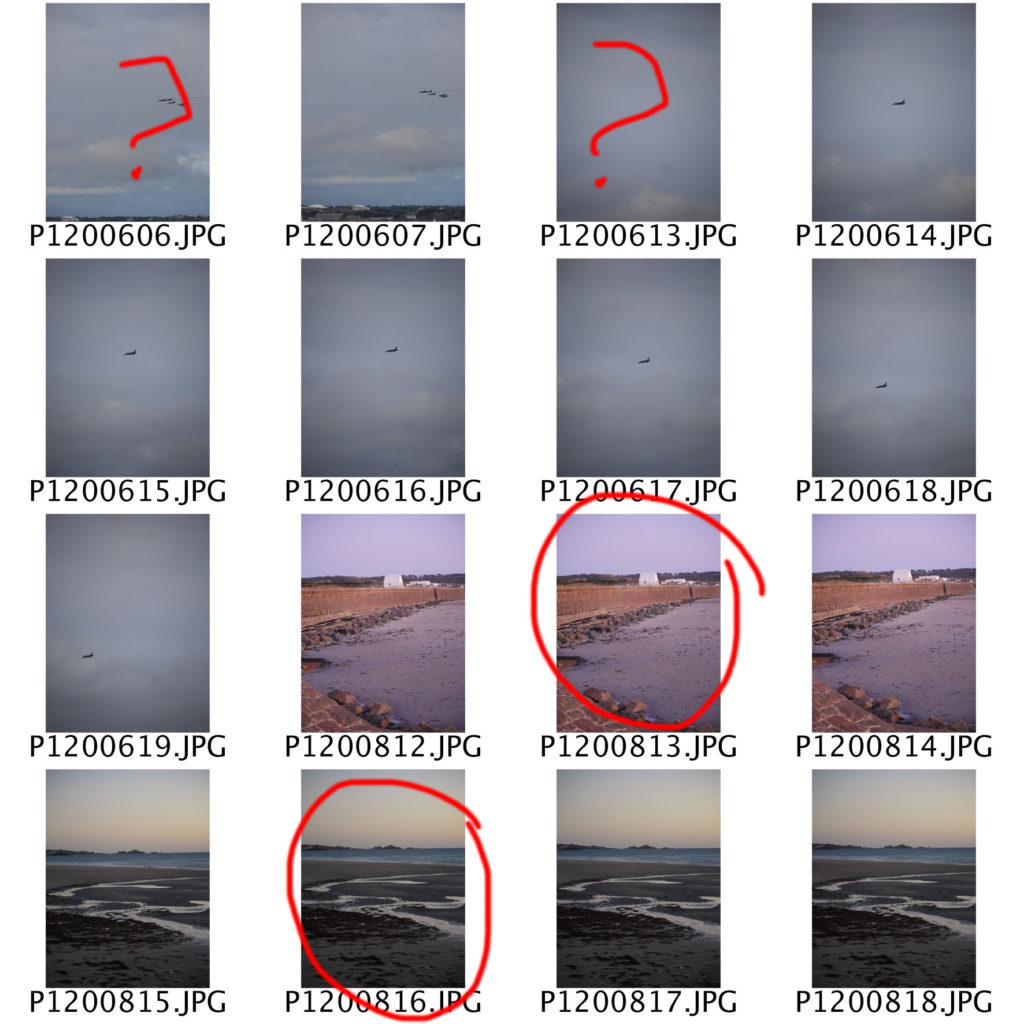
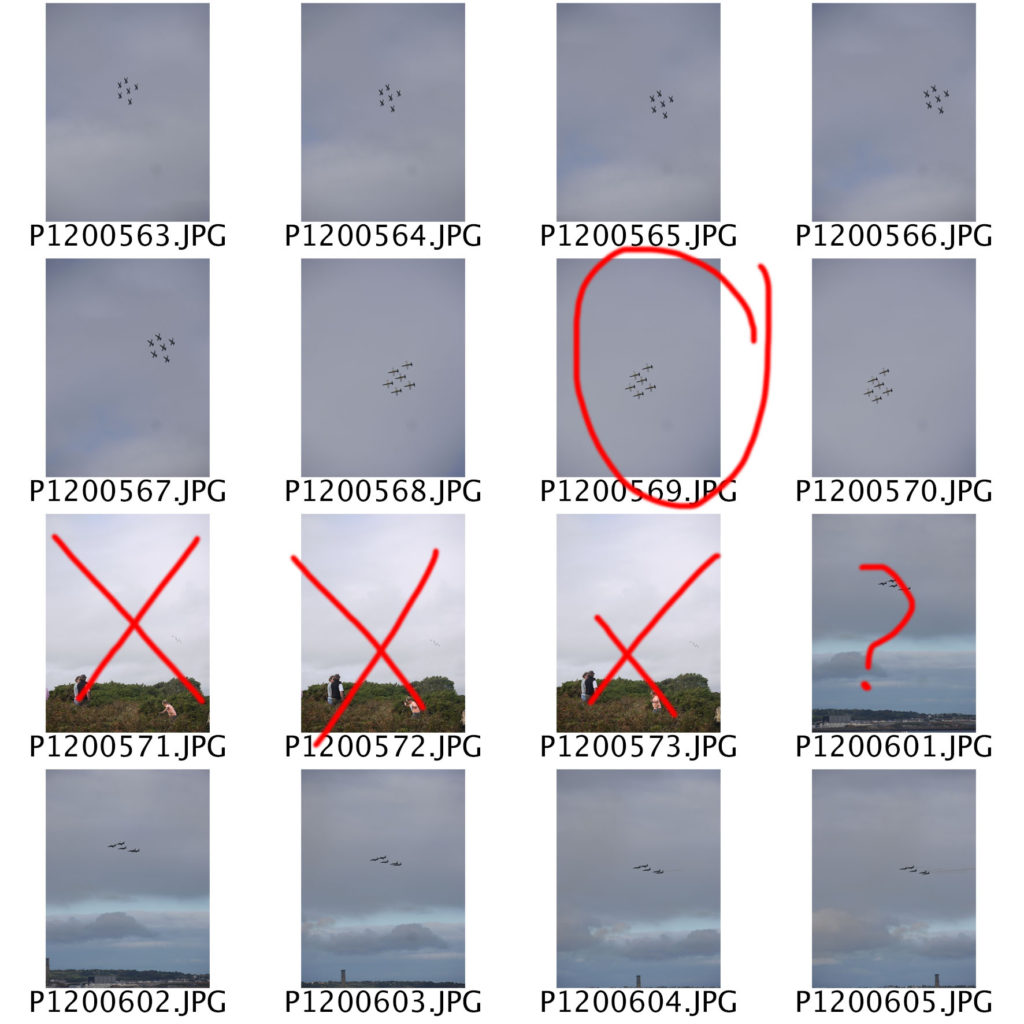


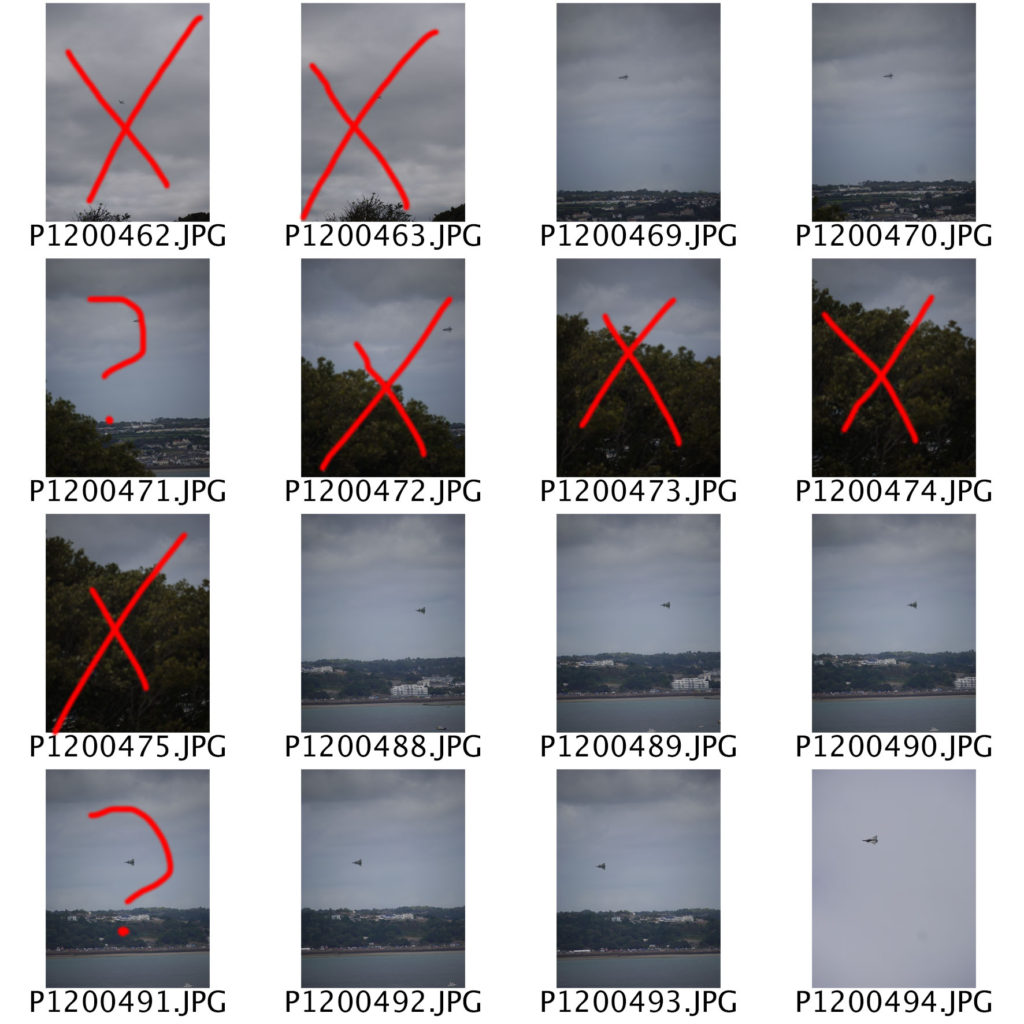
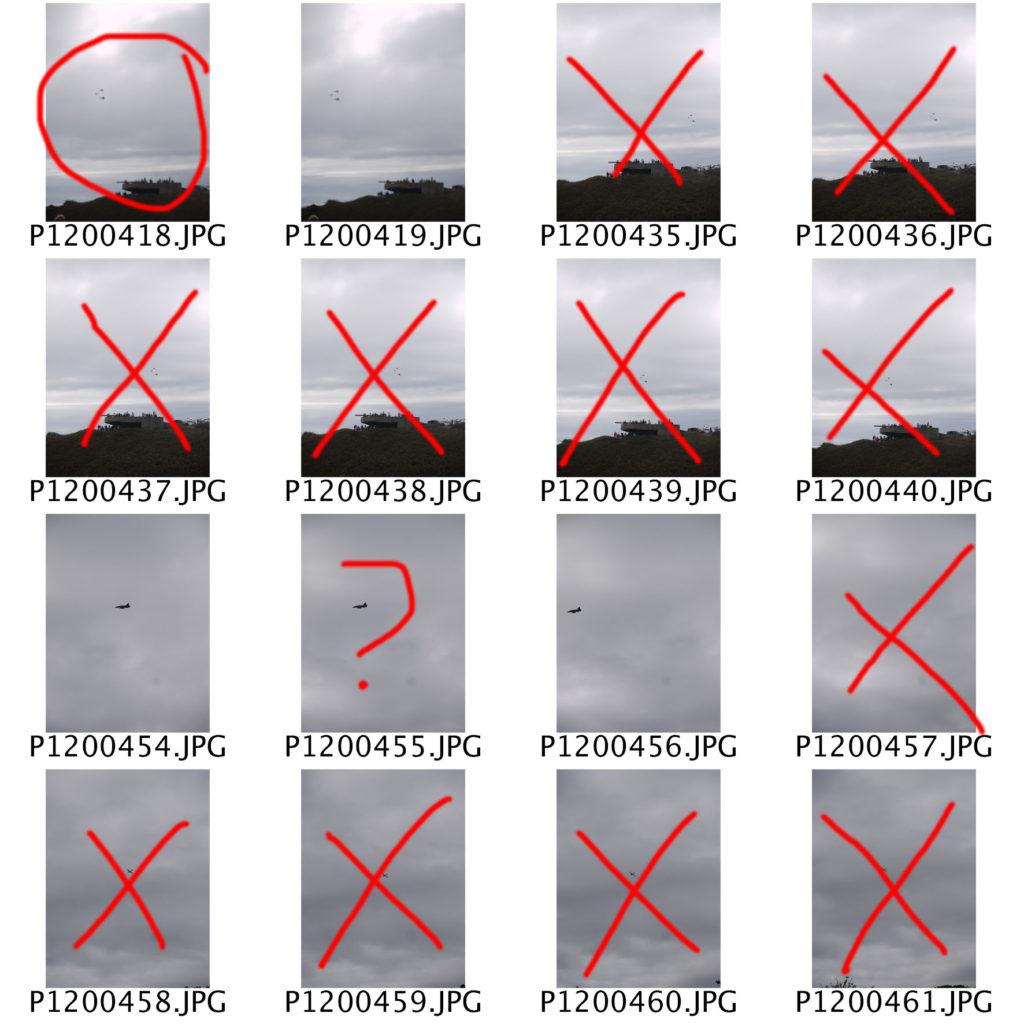

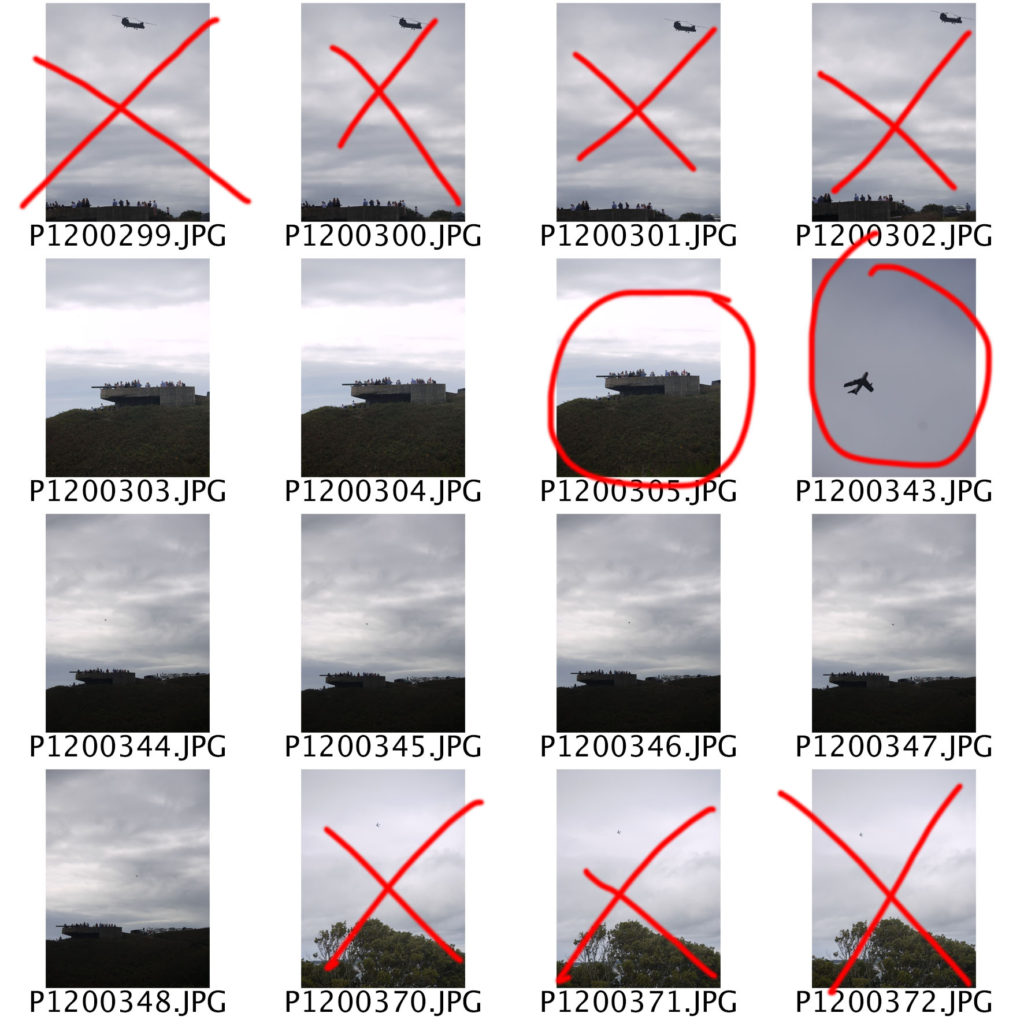
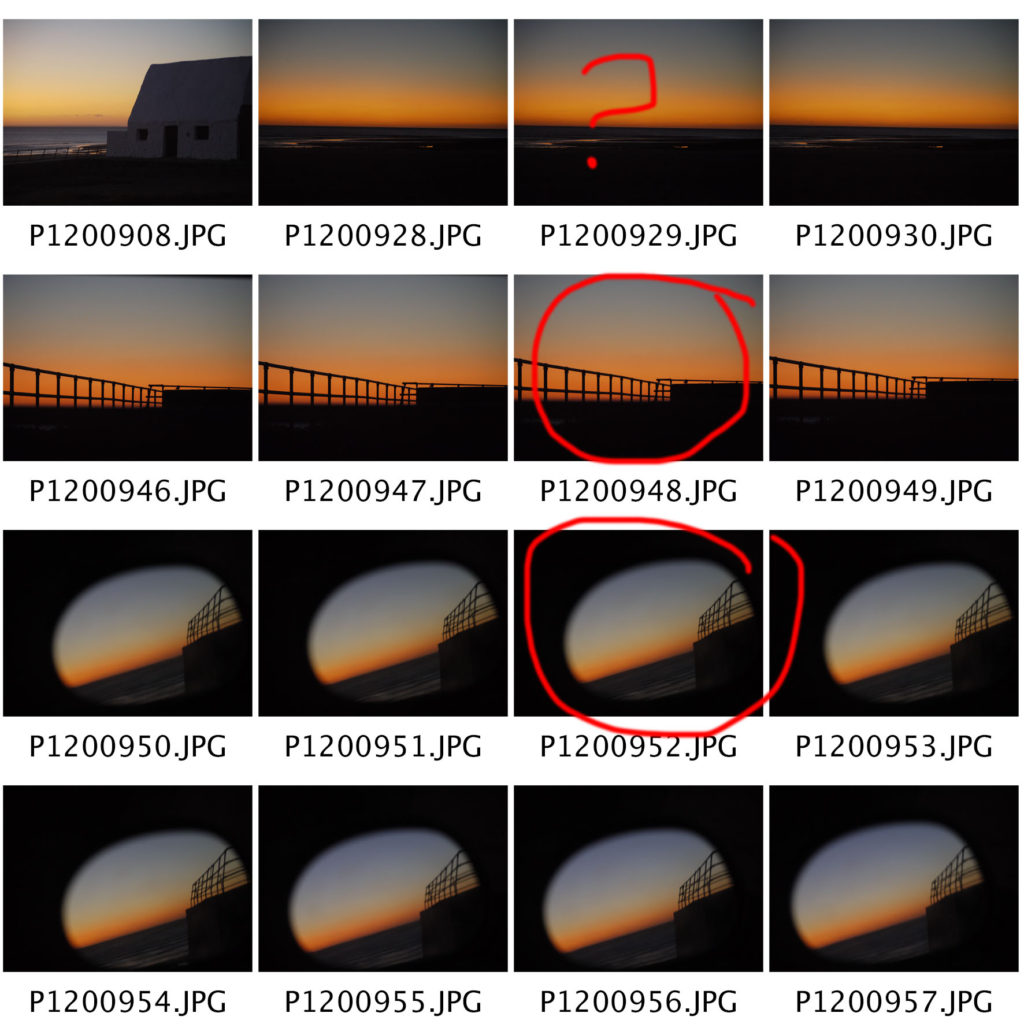
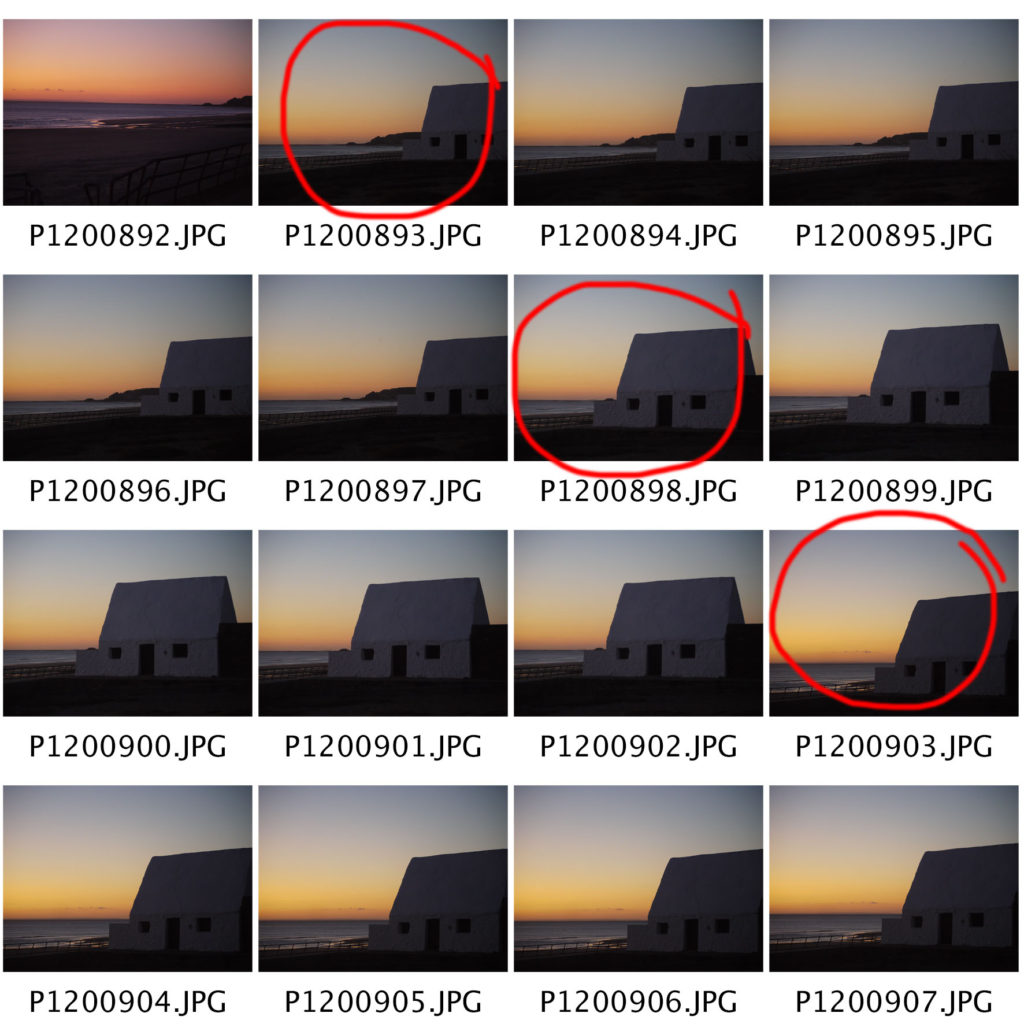
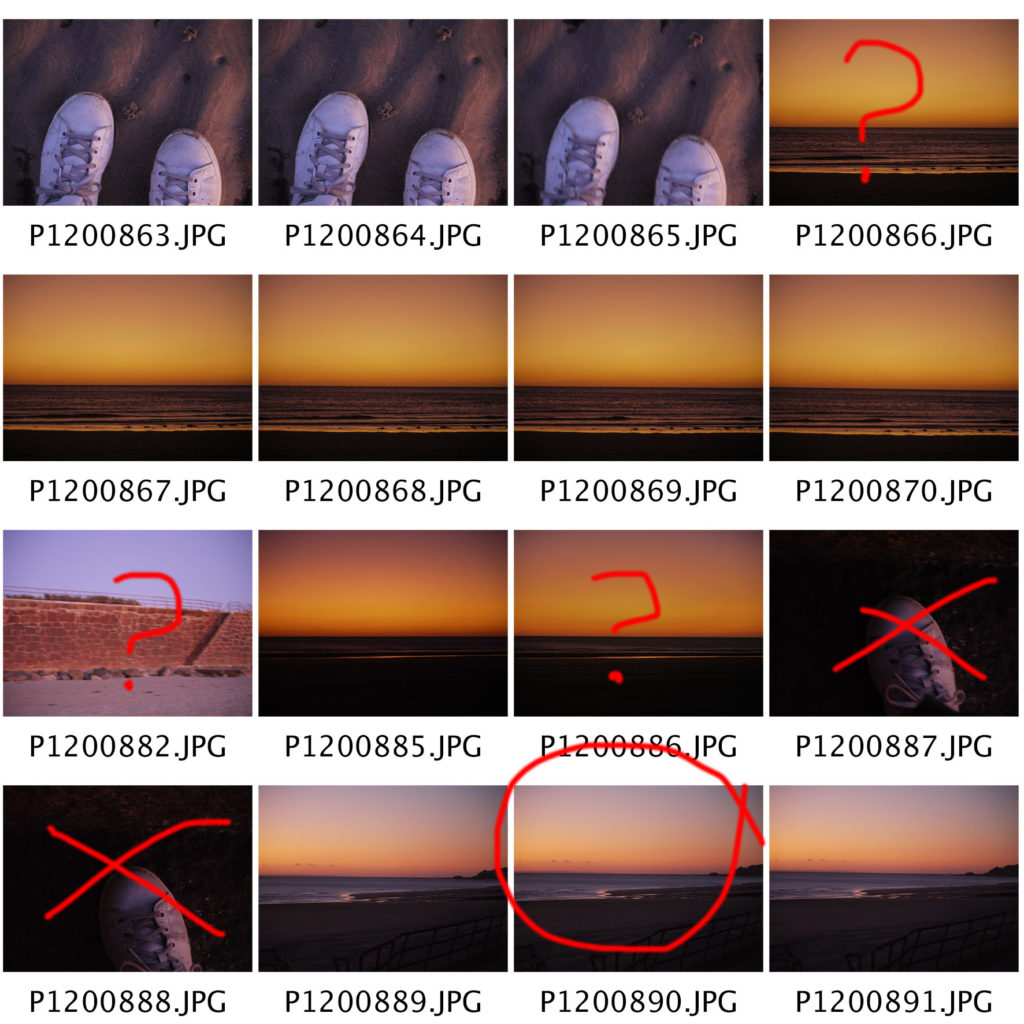
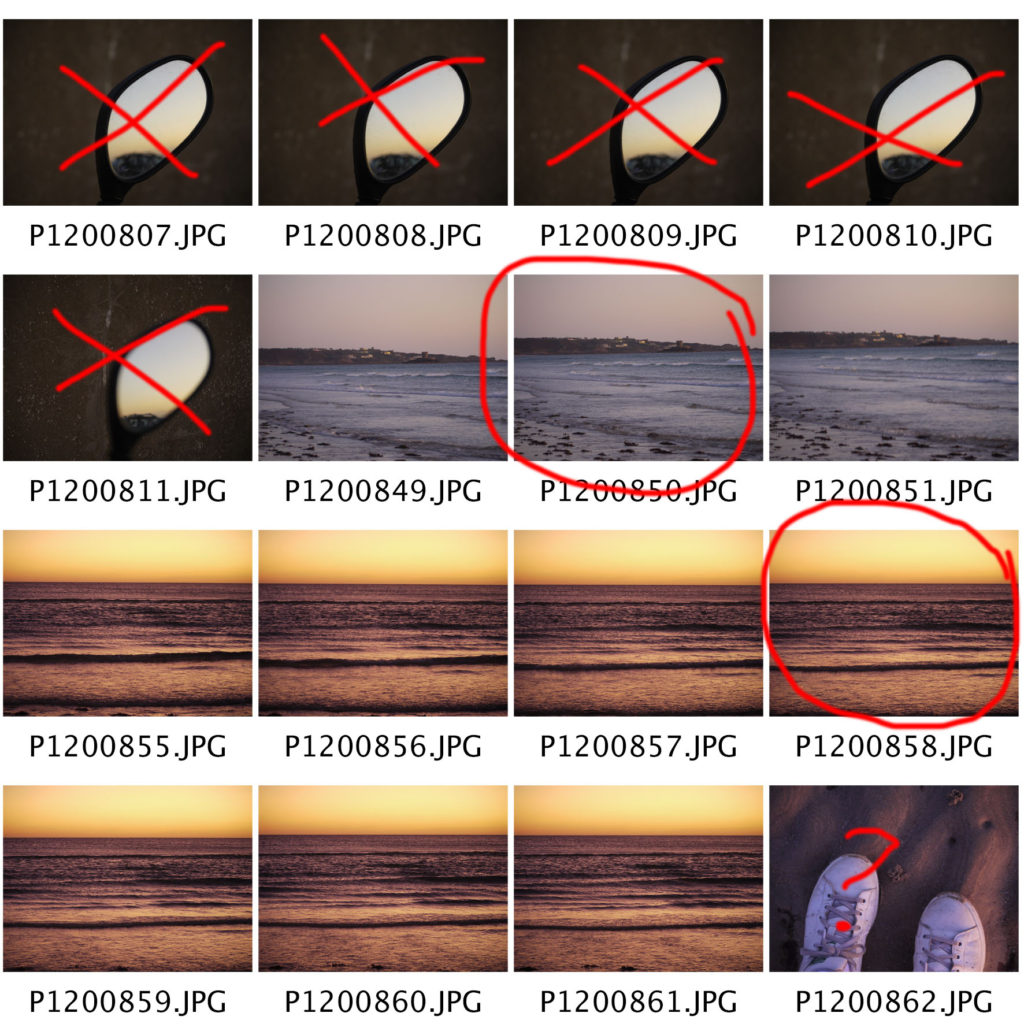
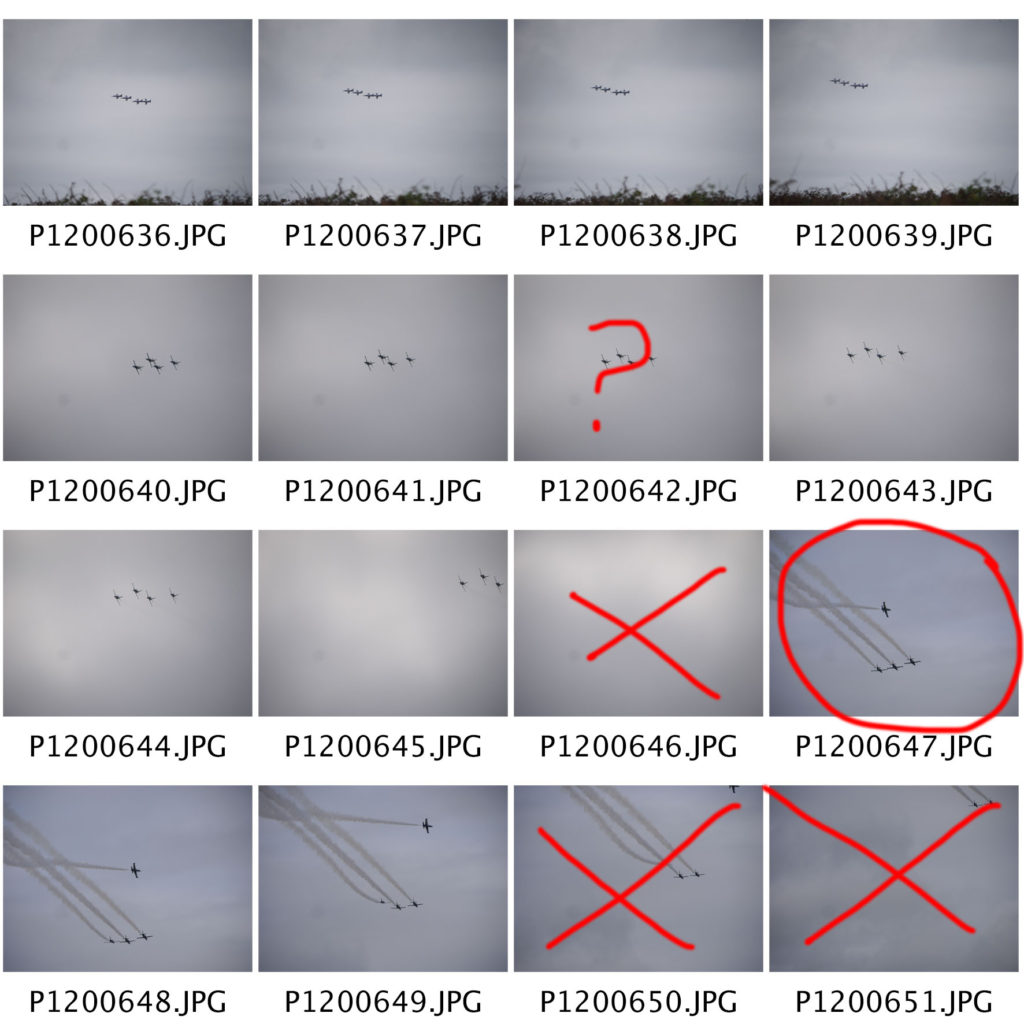
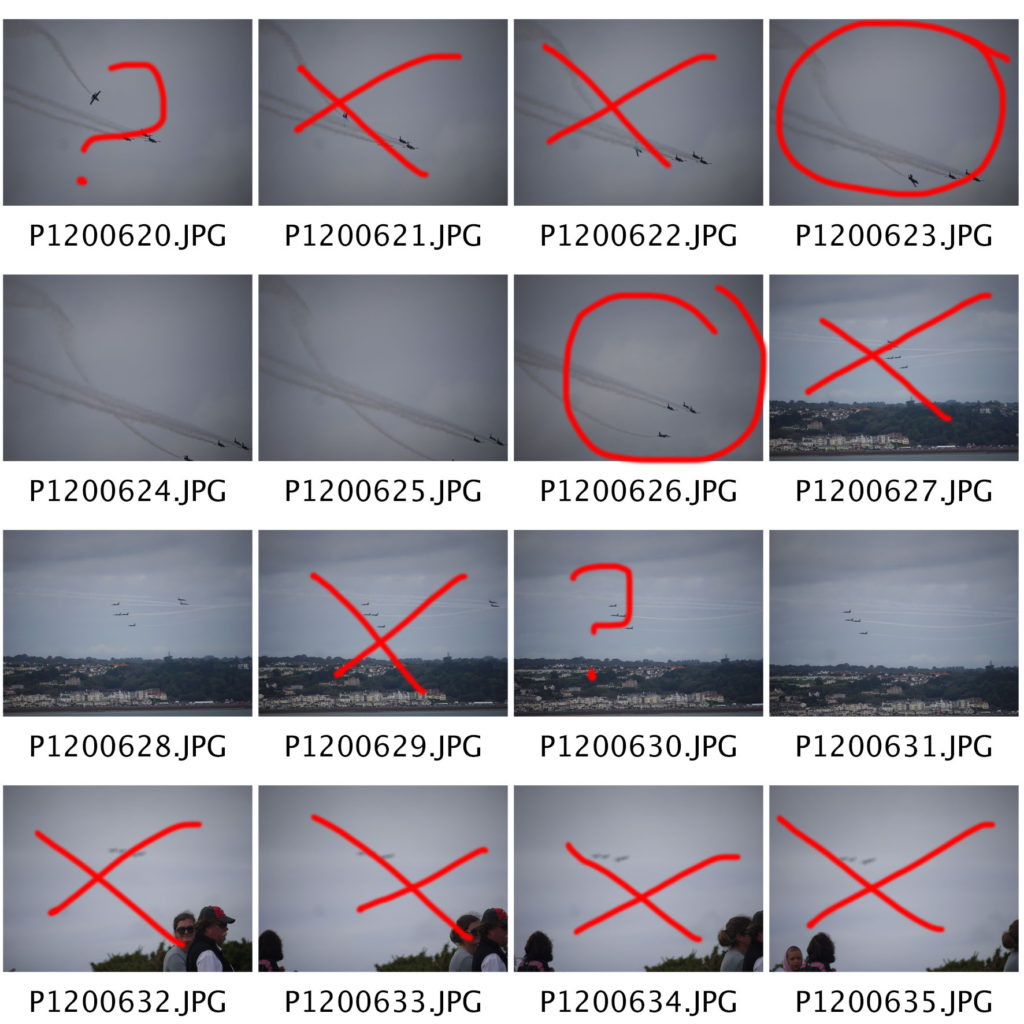
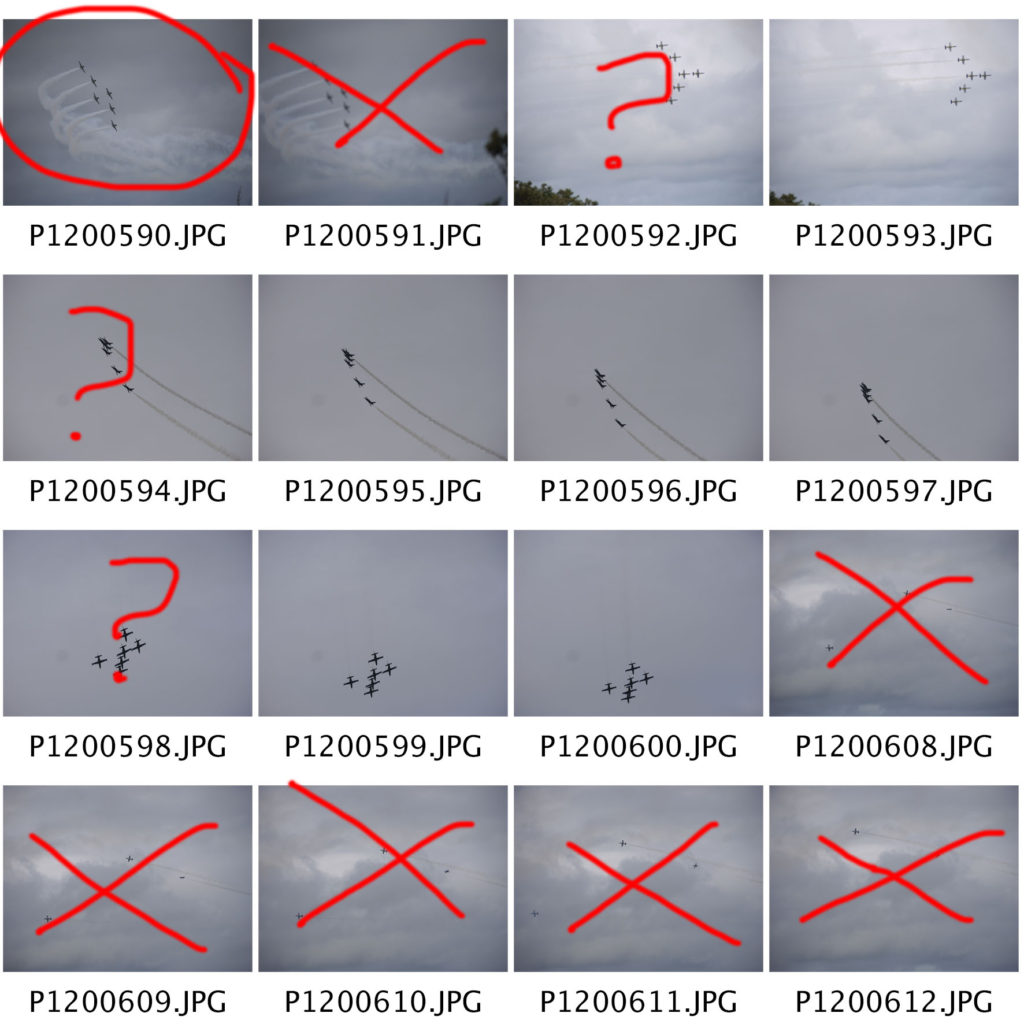
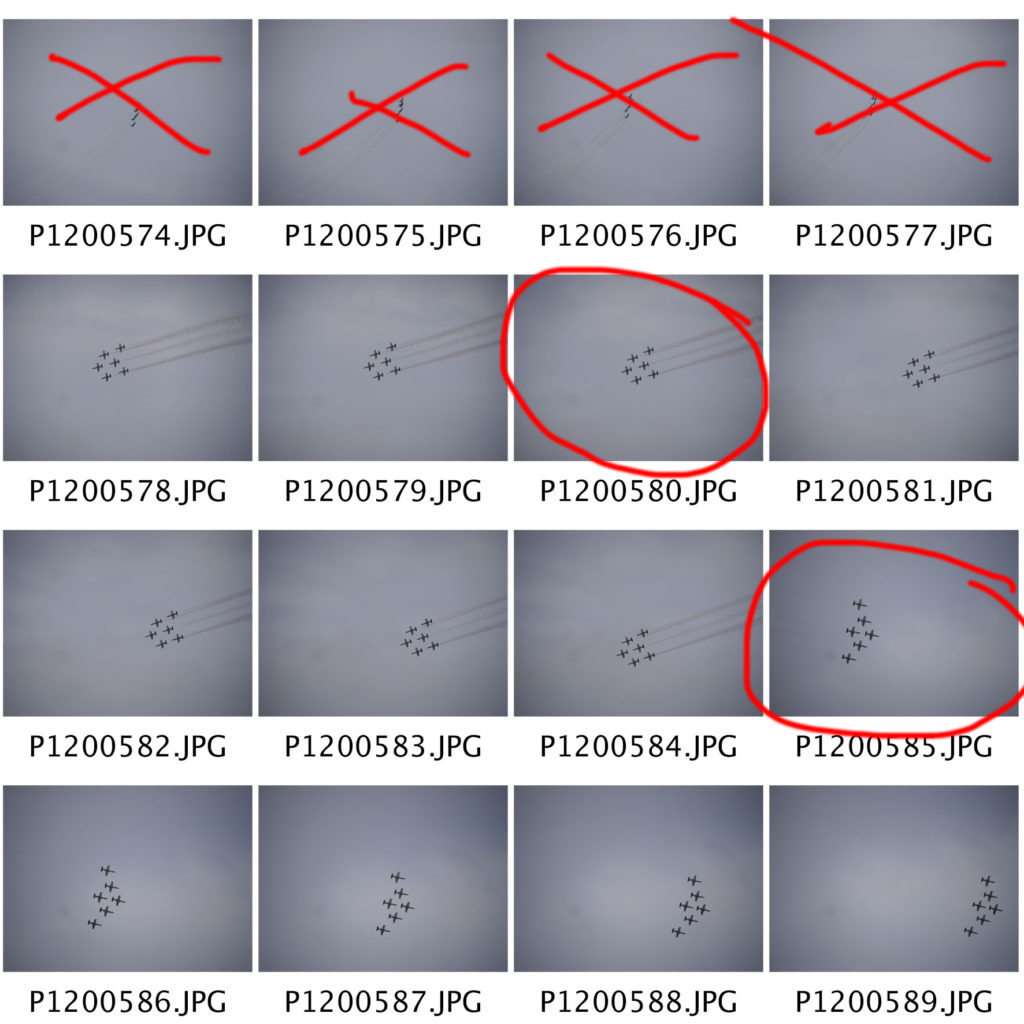
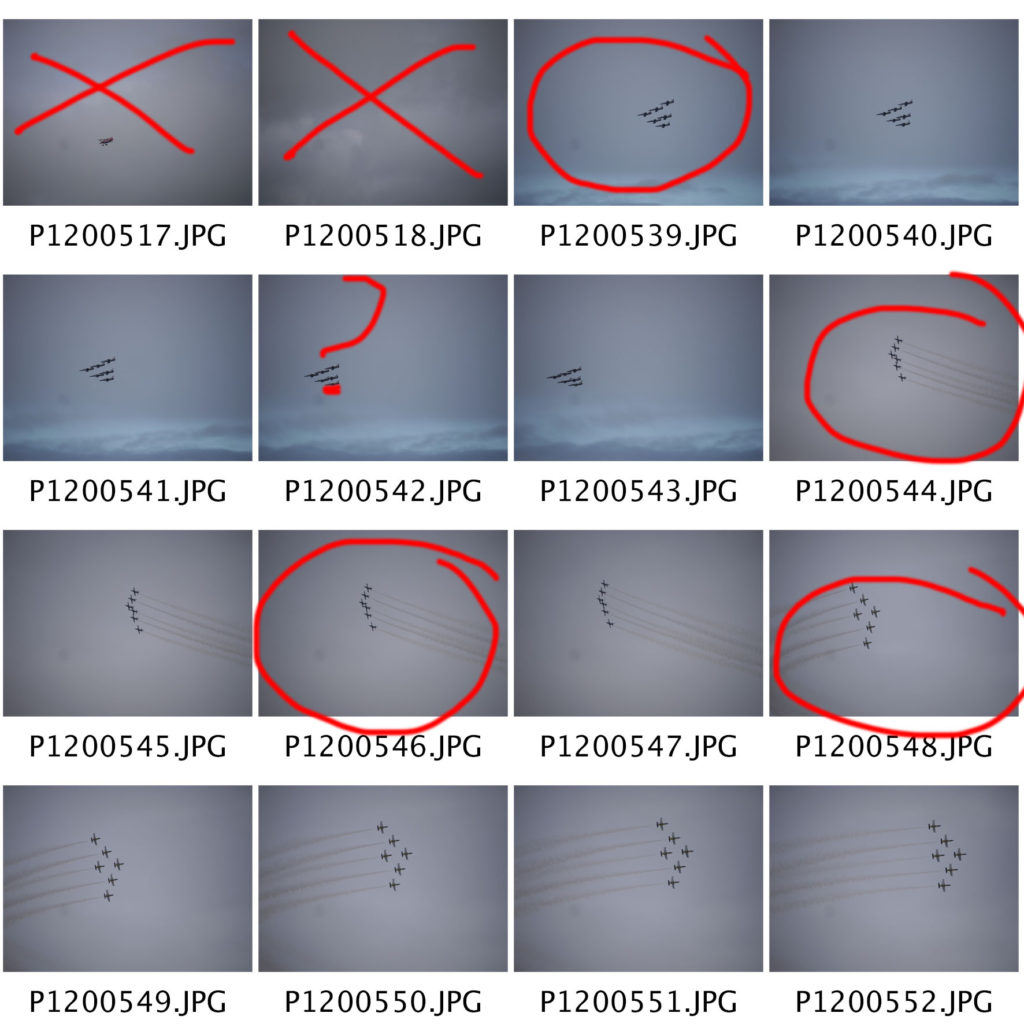
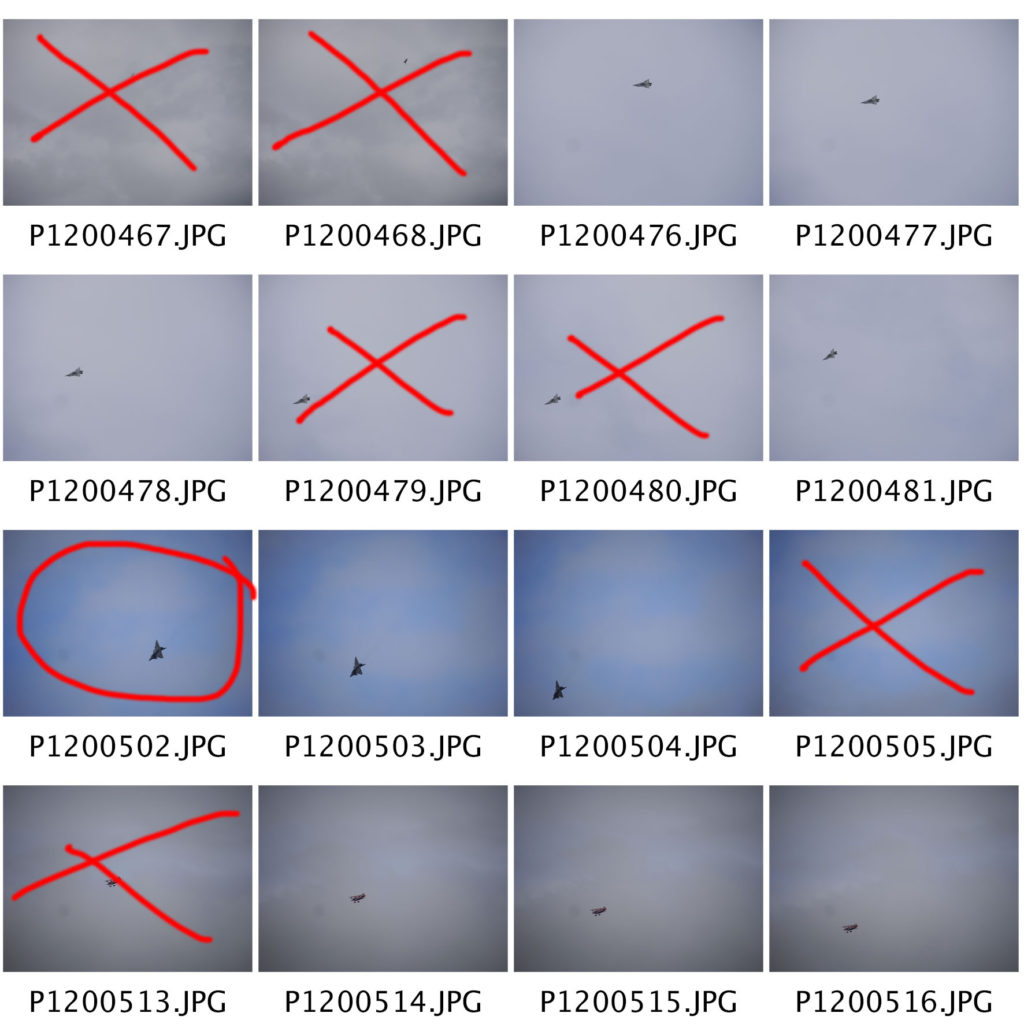
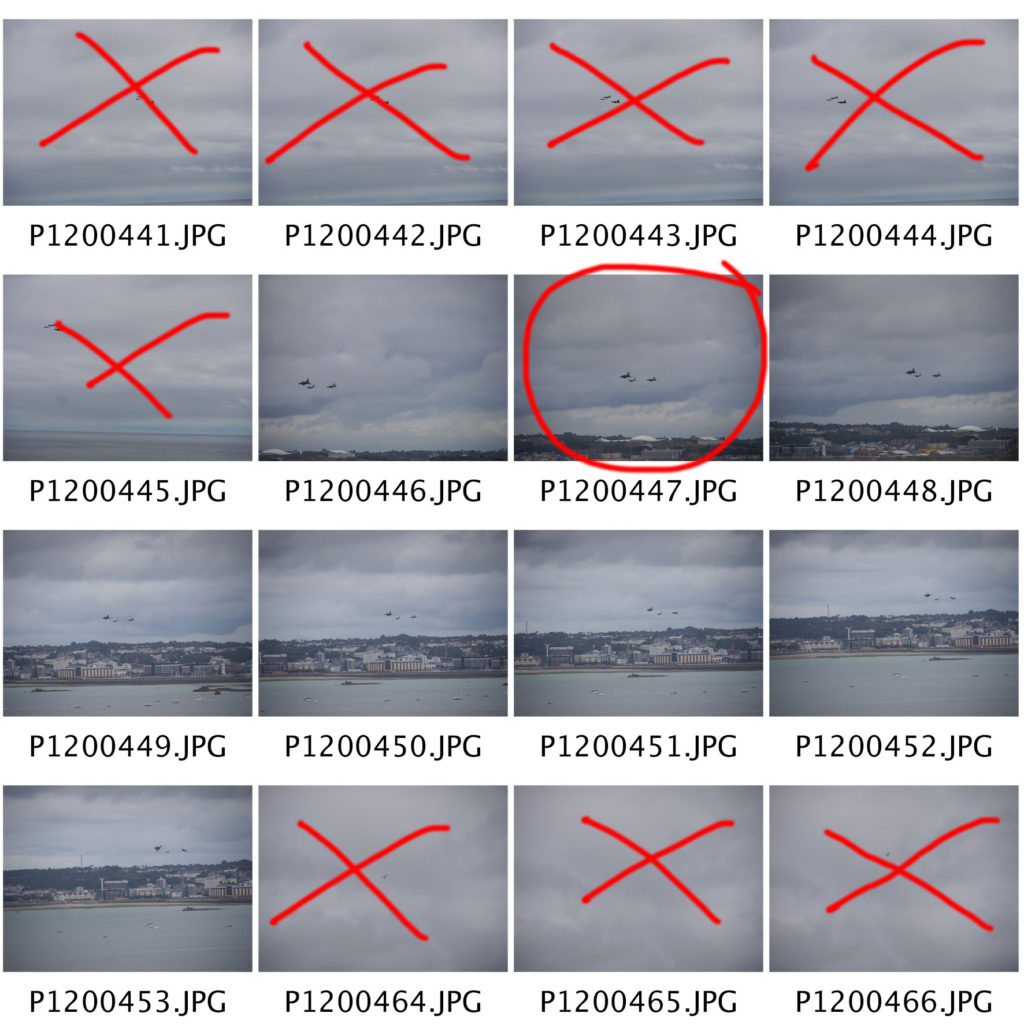


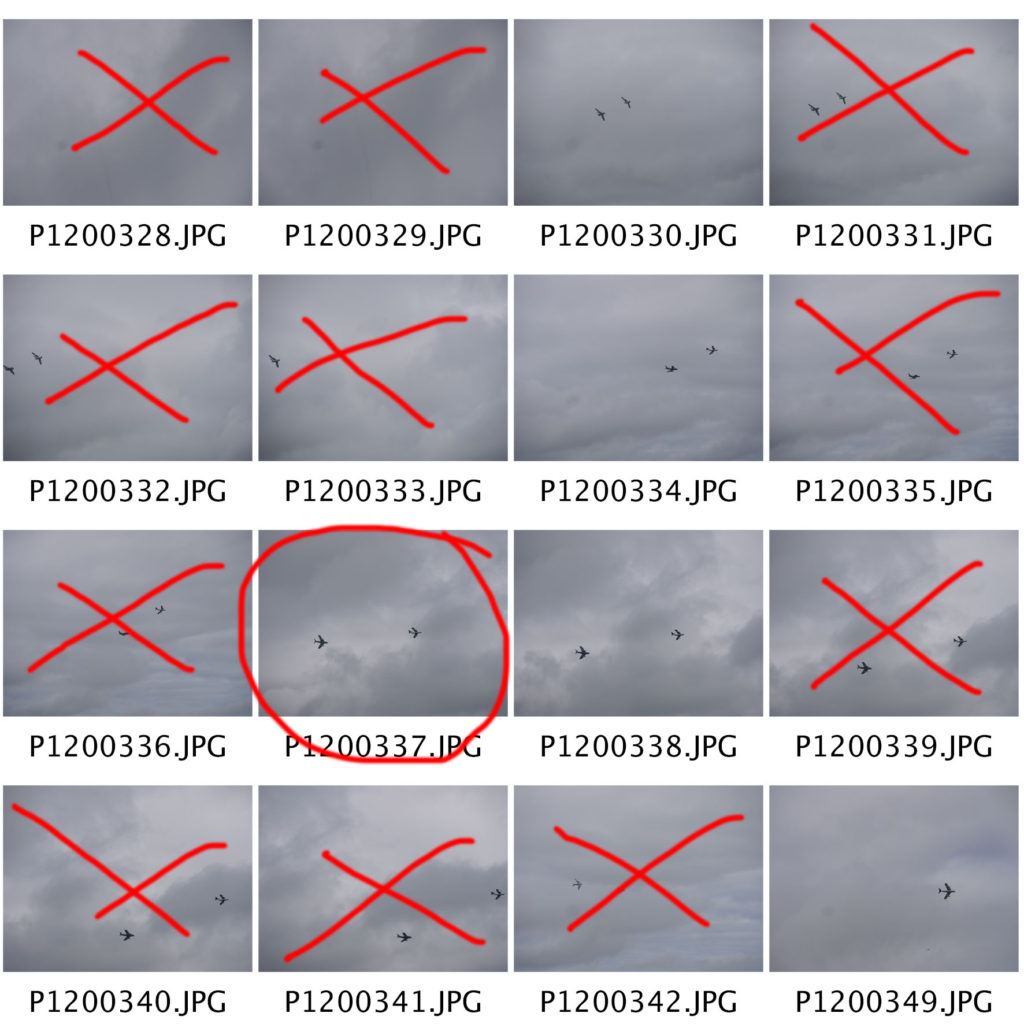
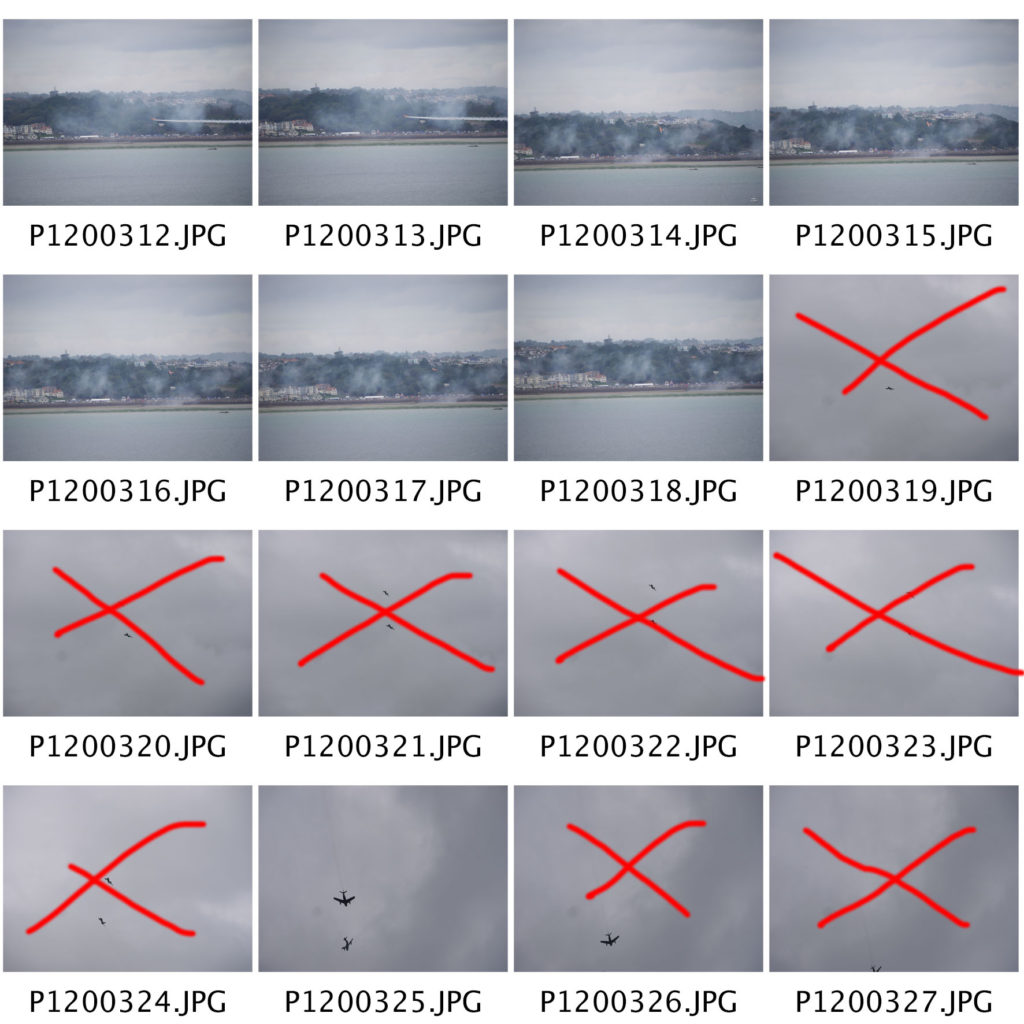
Here are the photos I will keep and use in my photo montages.
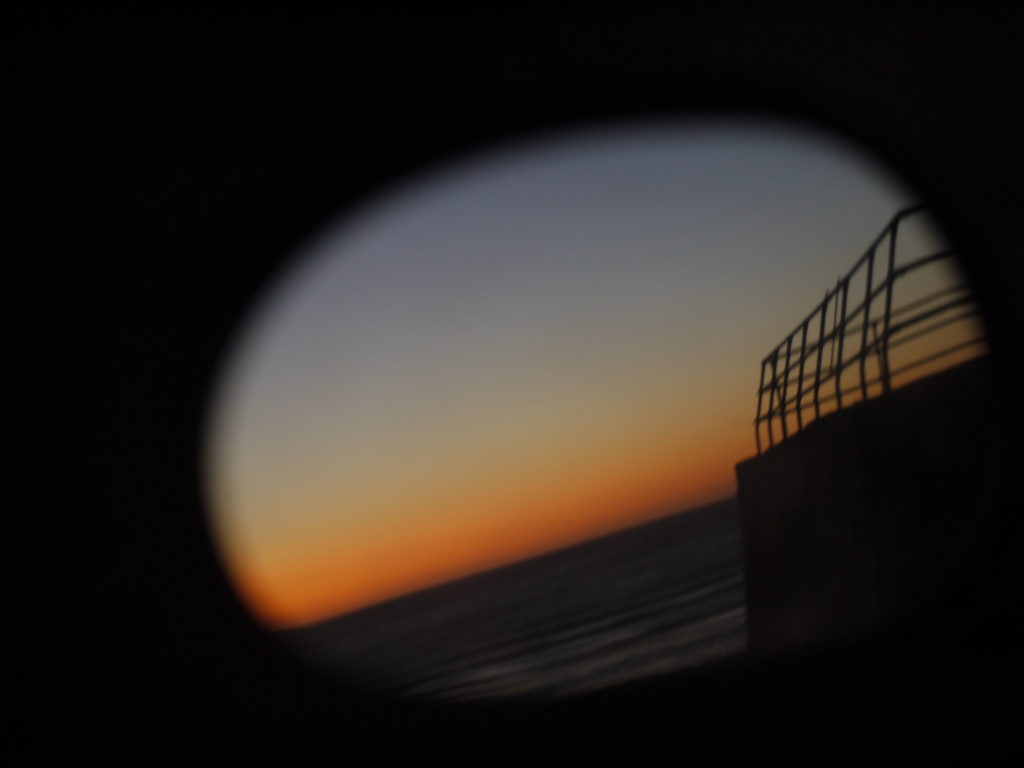
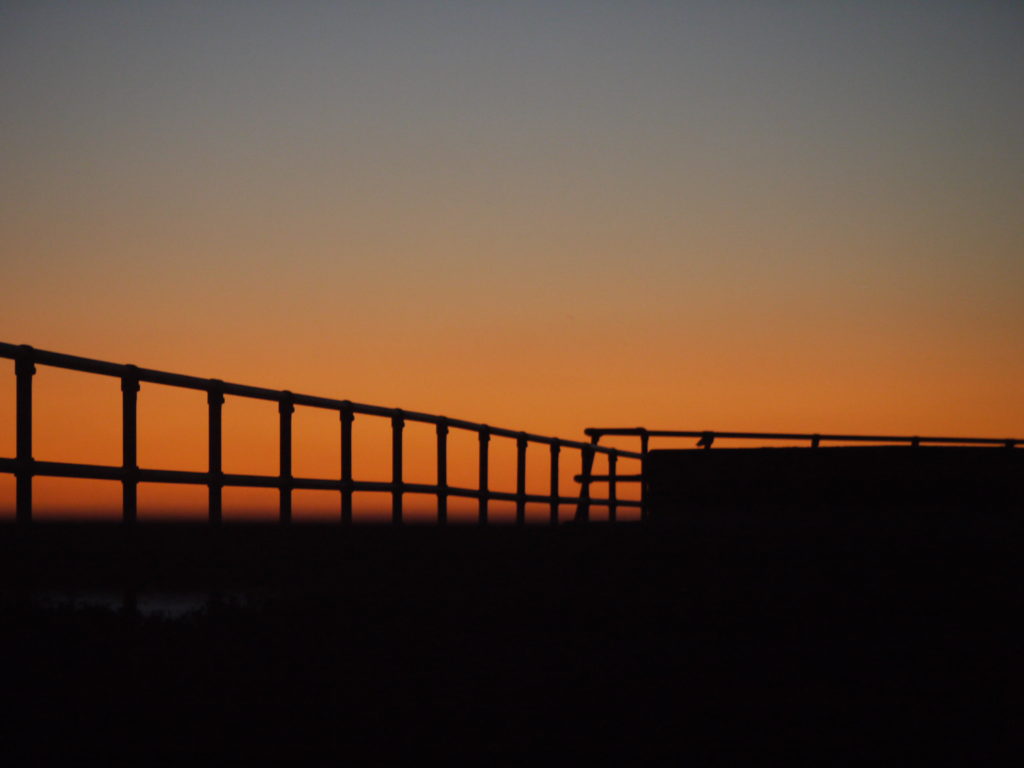
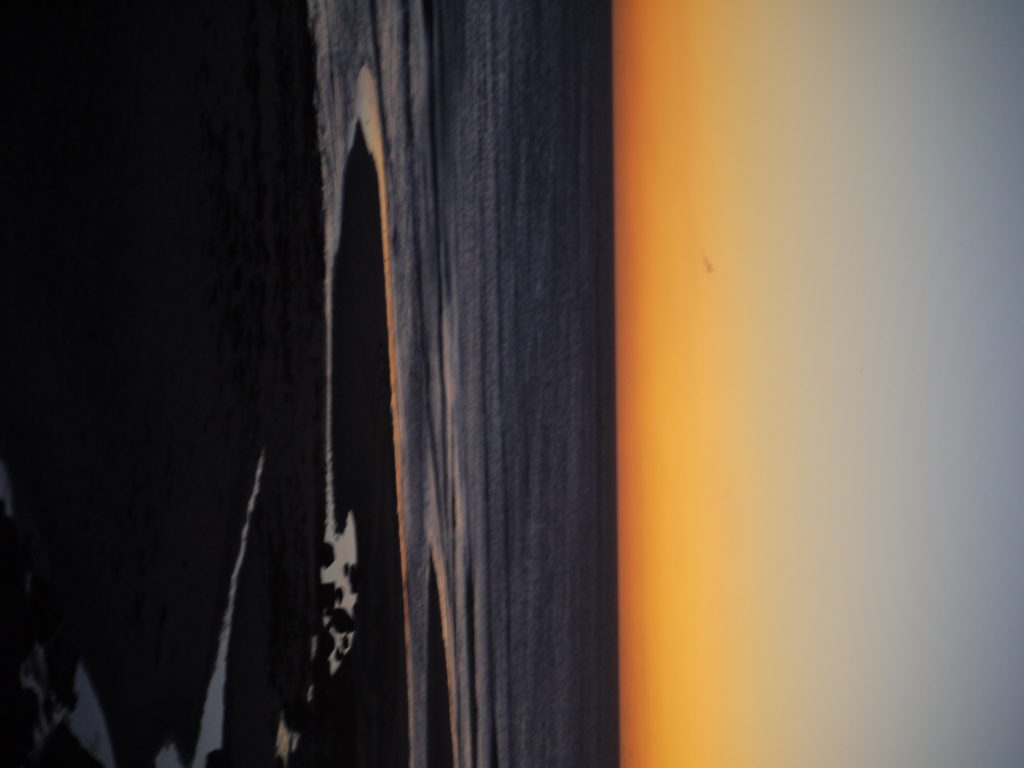
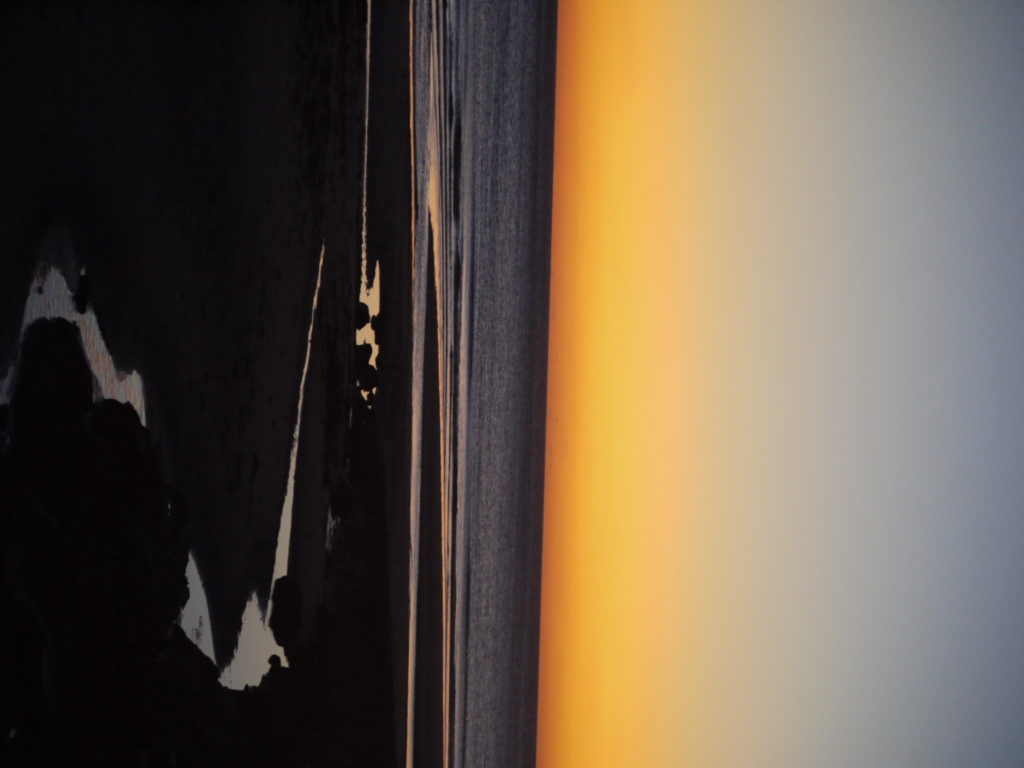


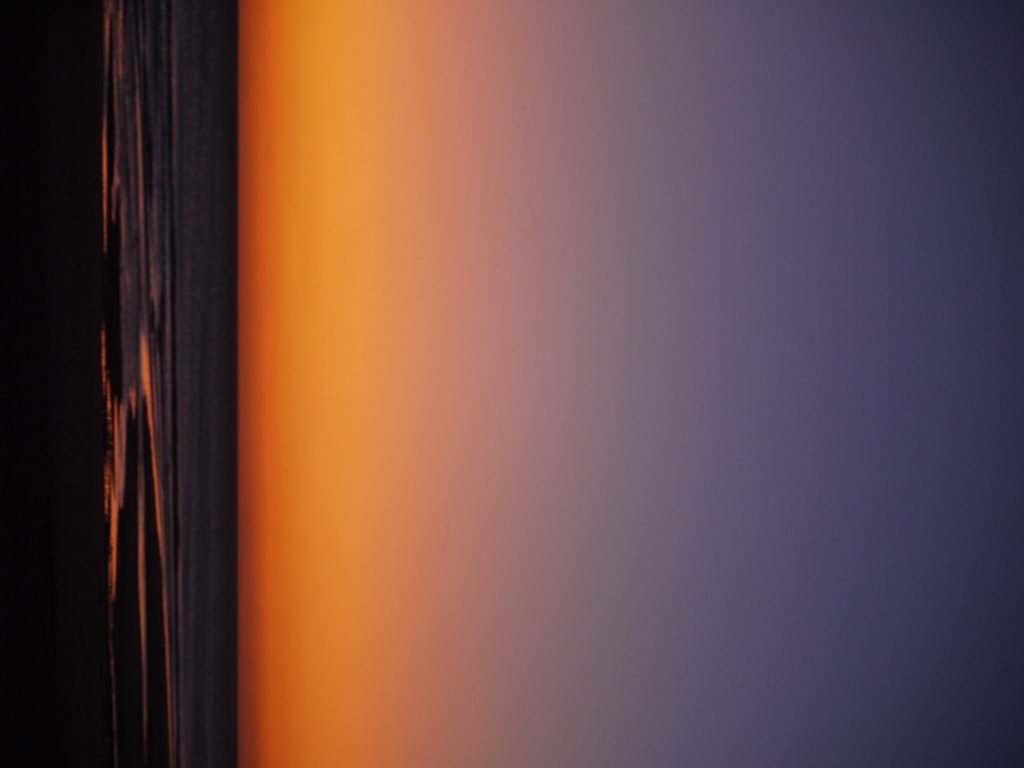
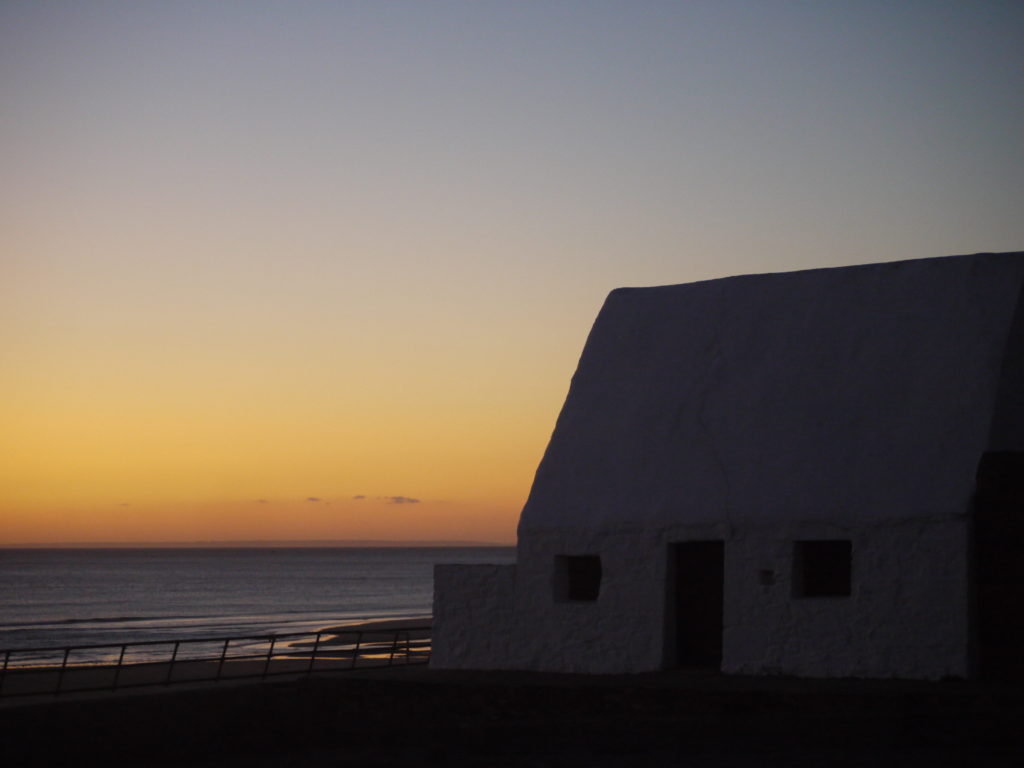
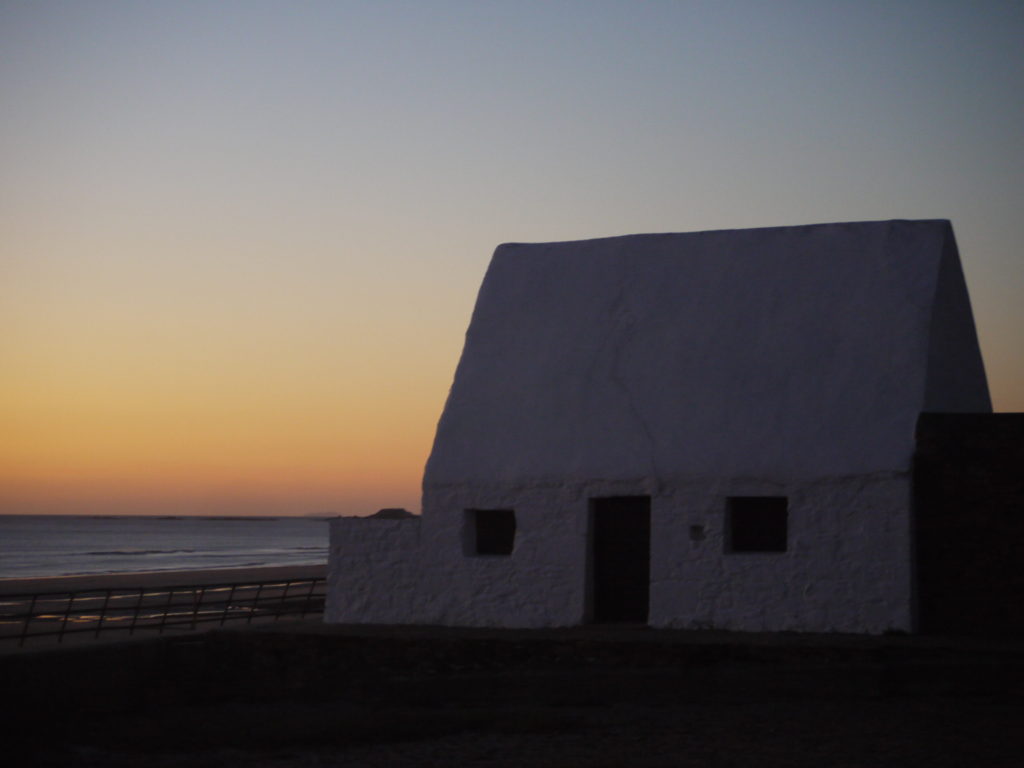
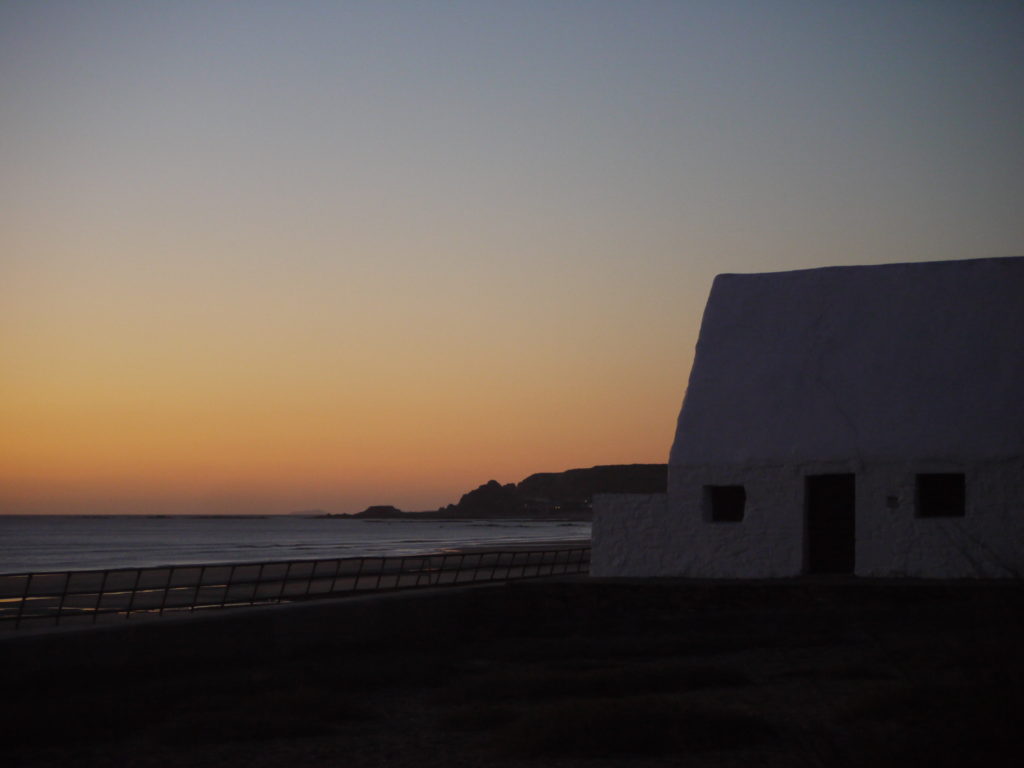

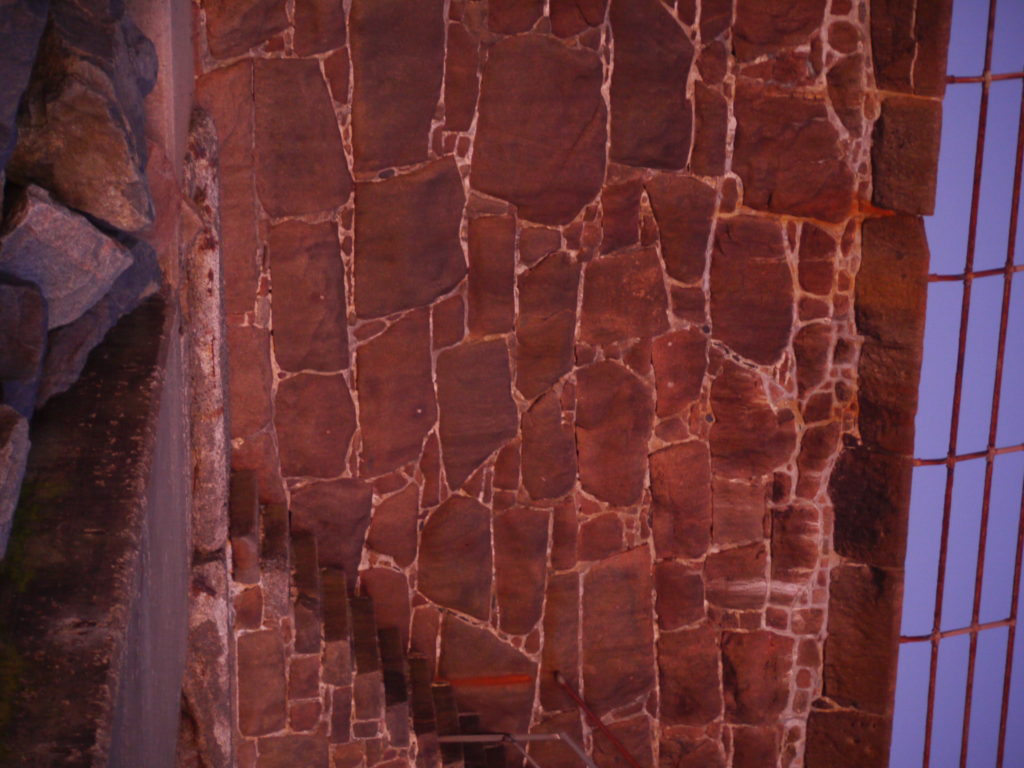
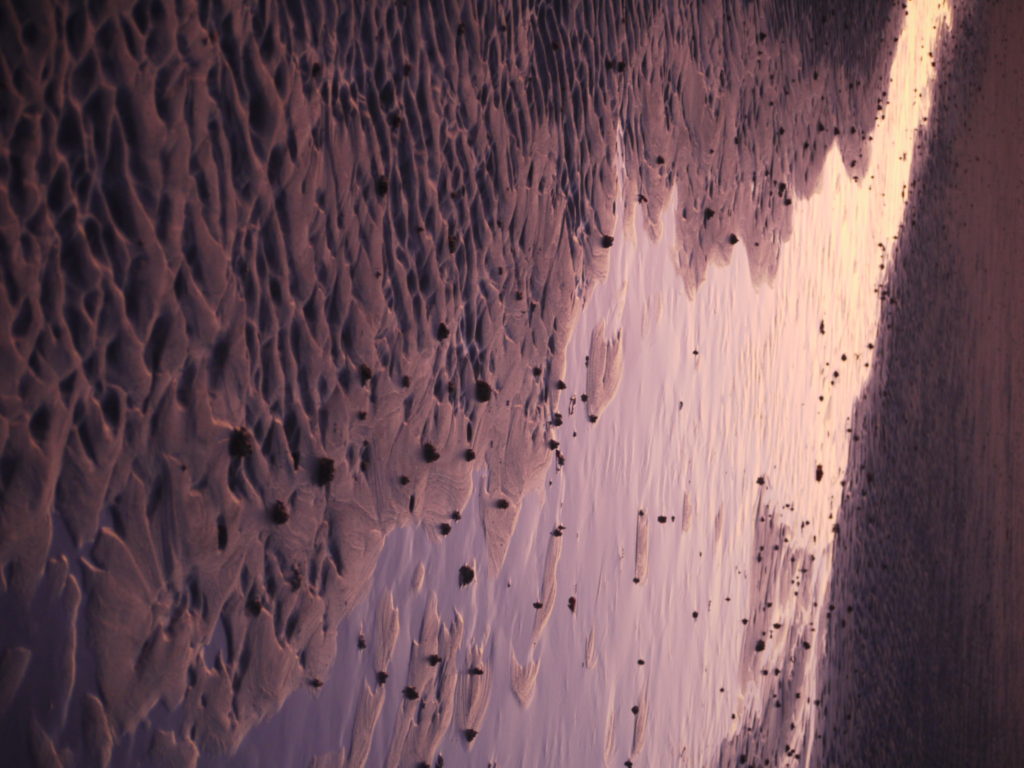
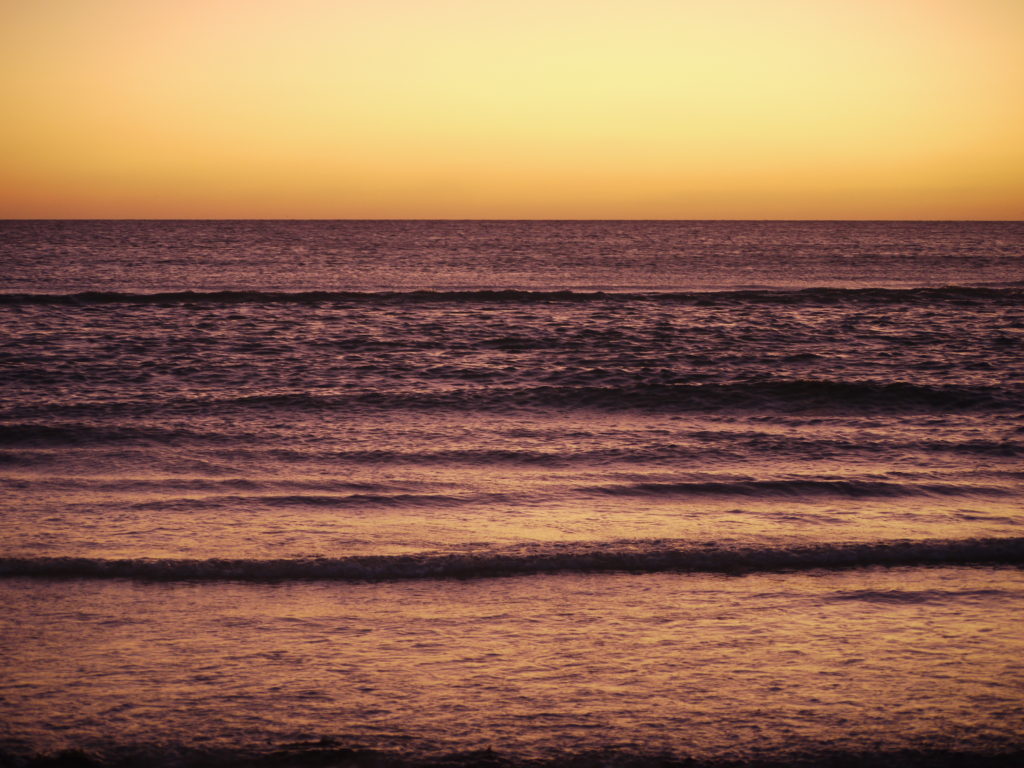
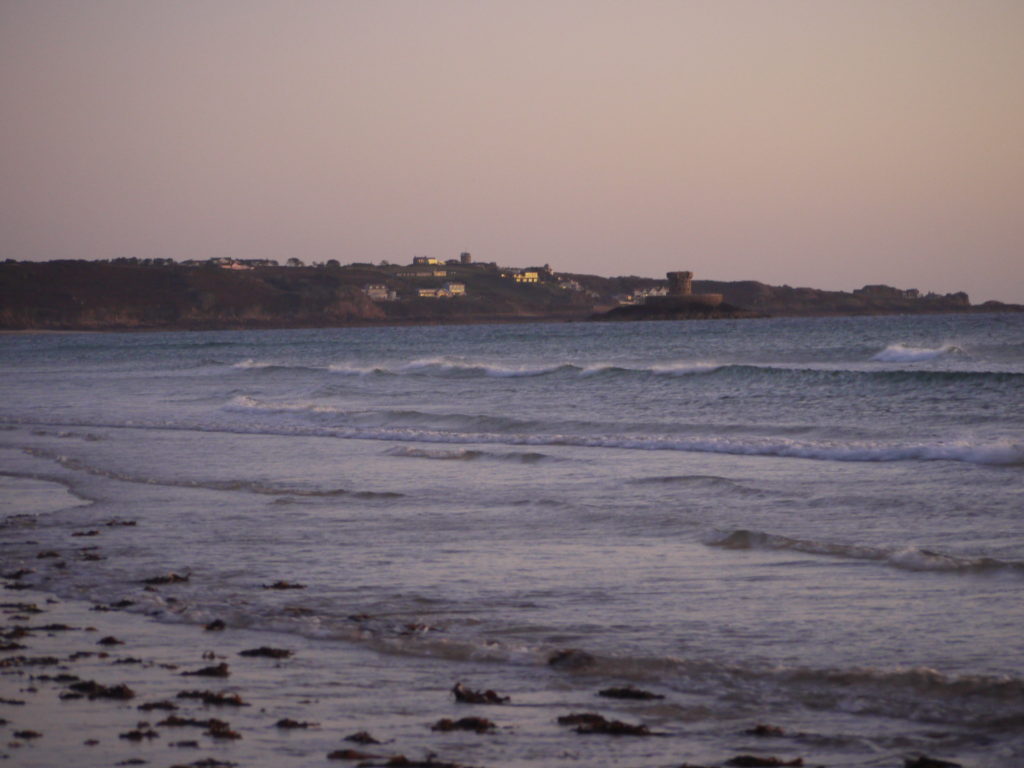
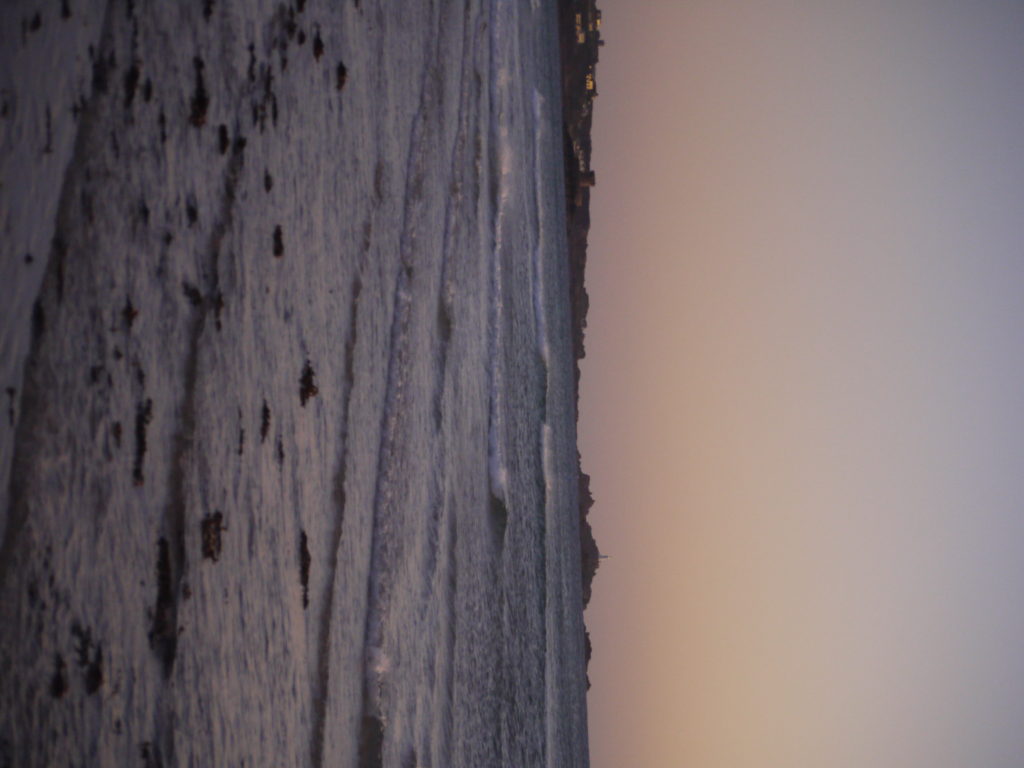


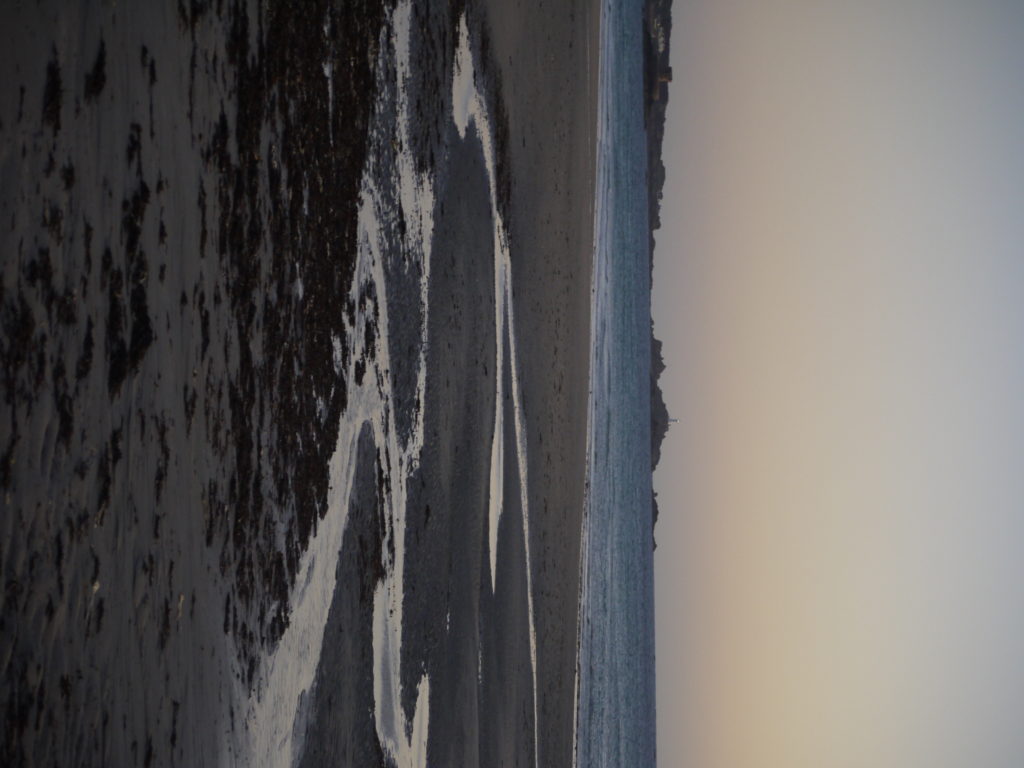




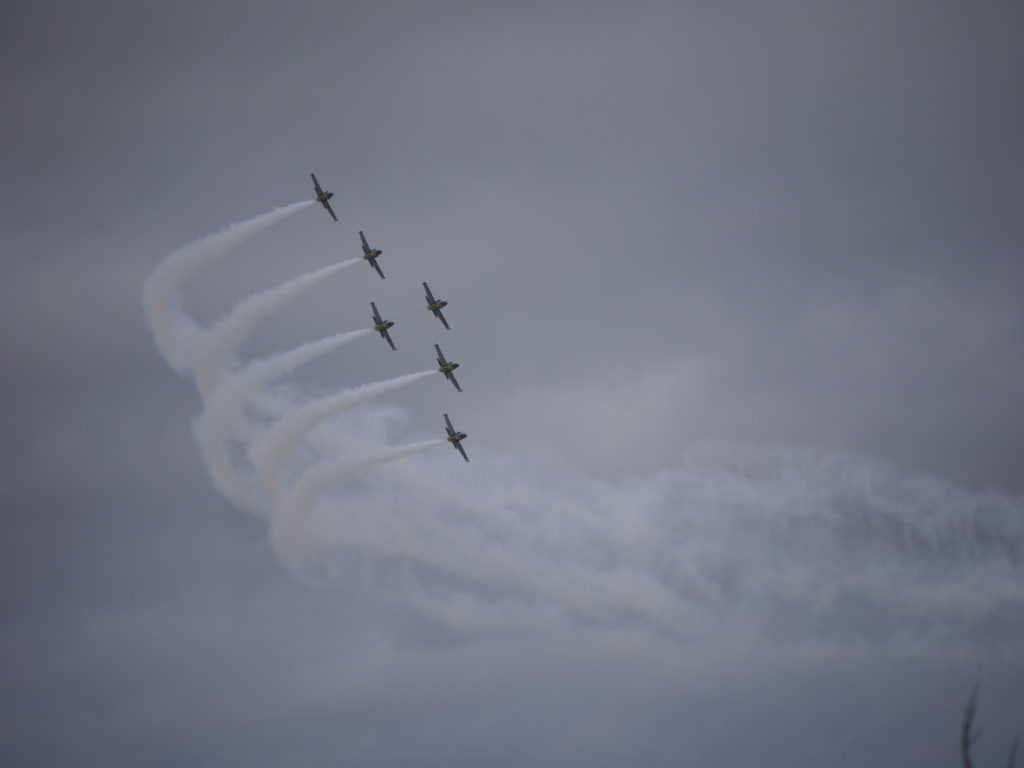

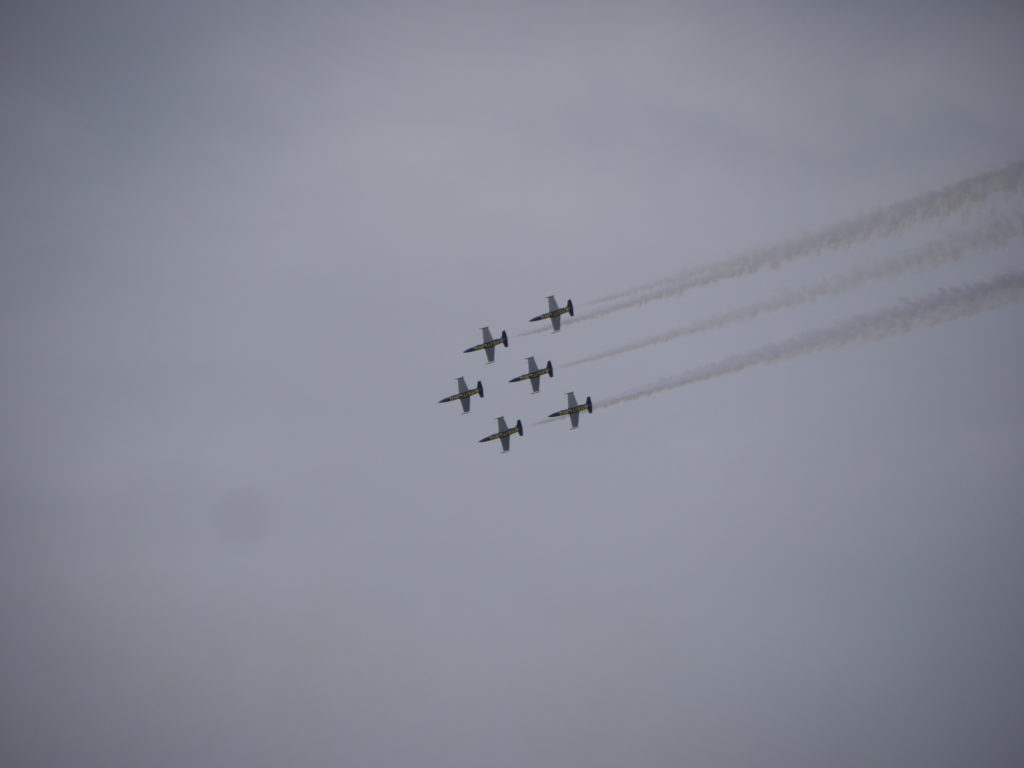
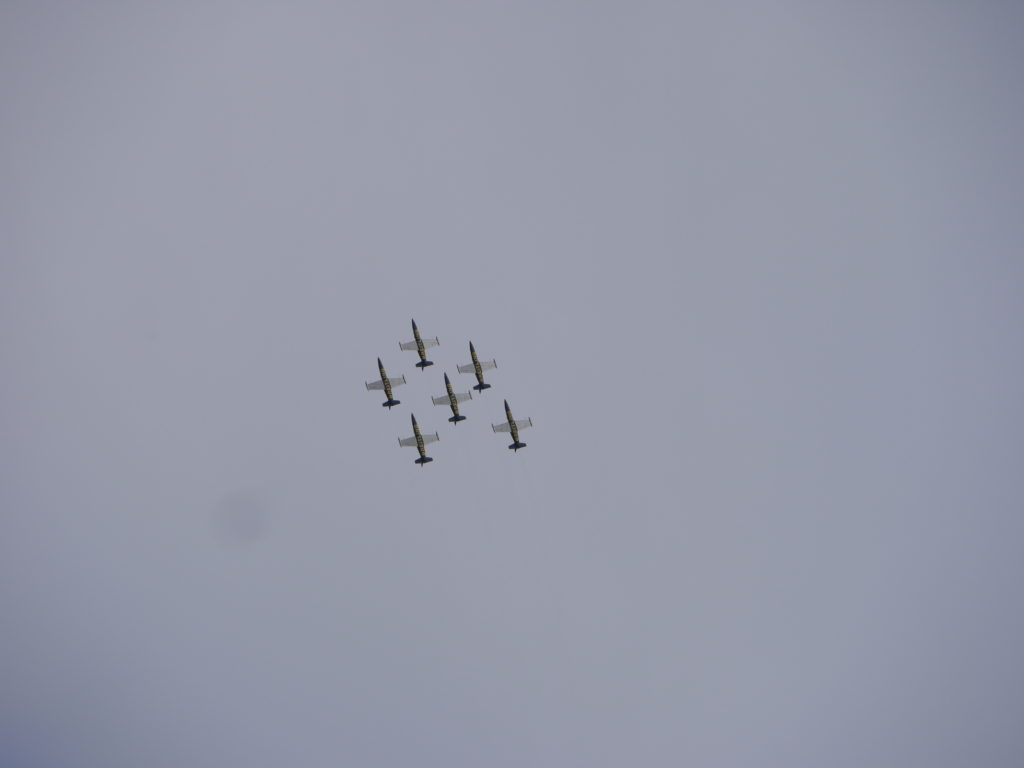
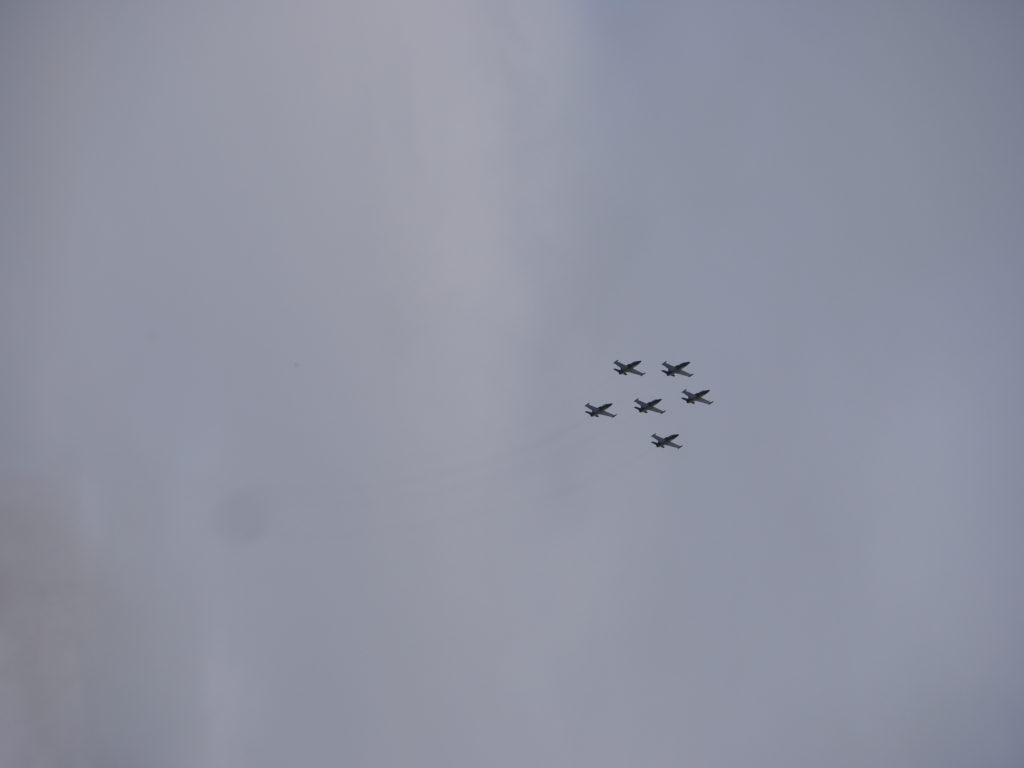

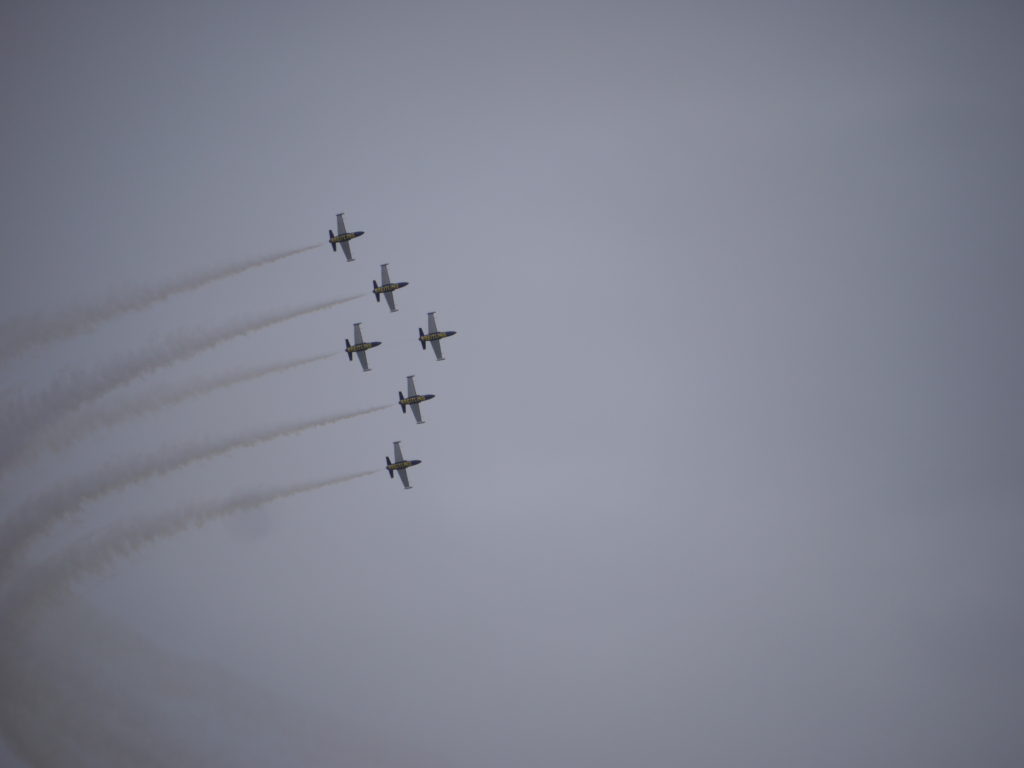


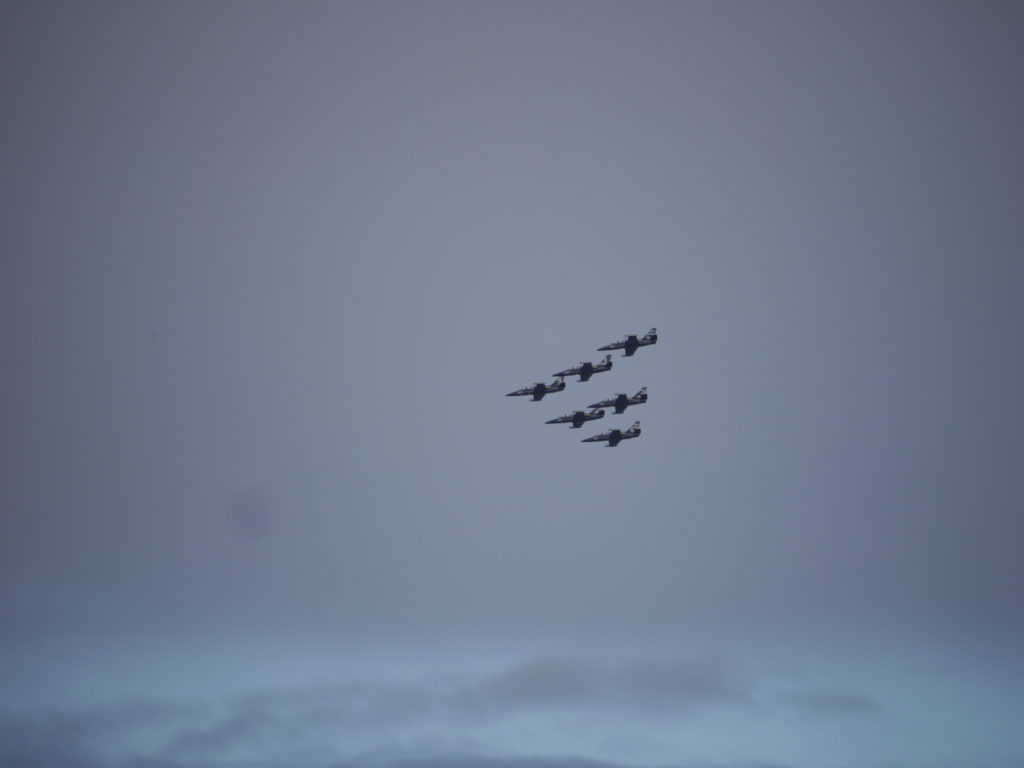


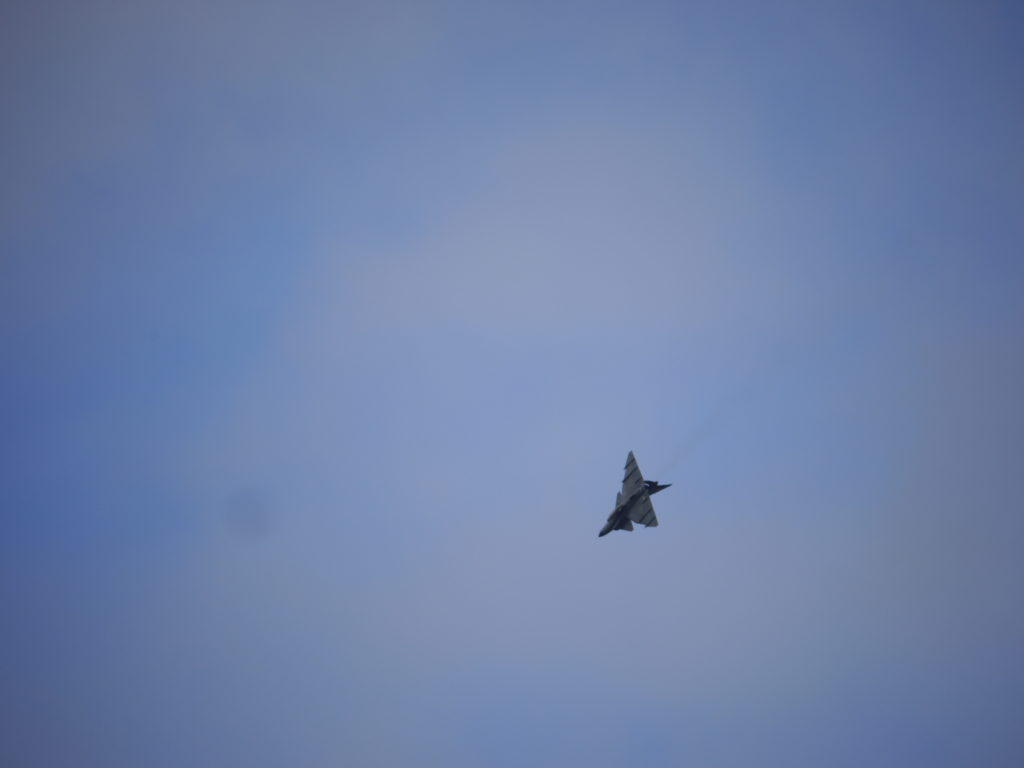
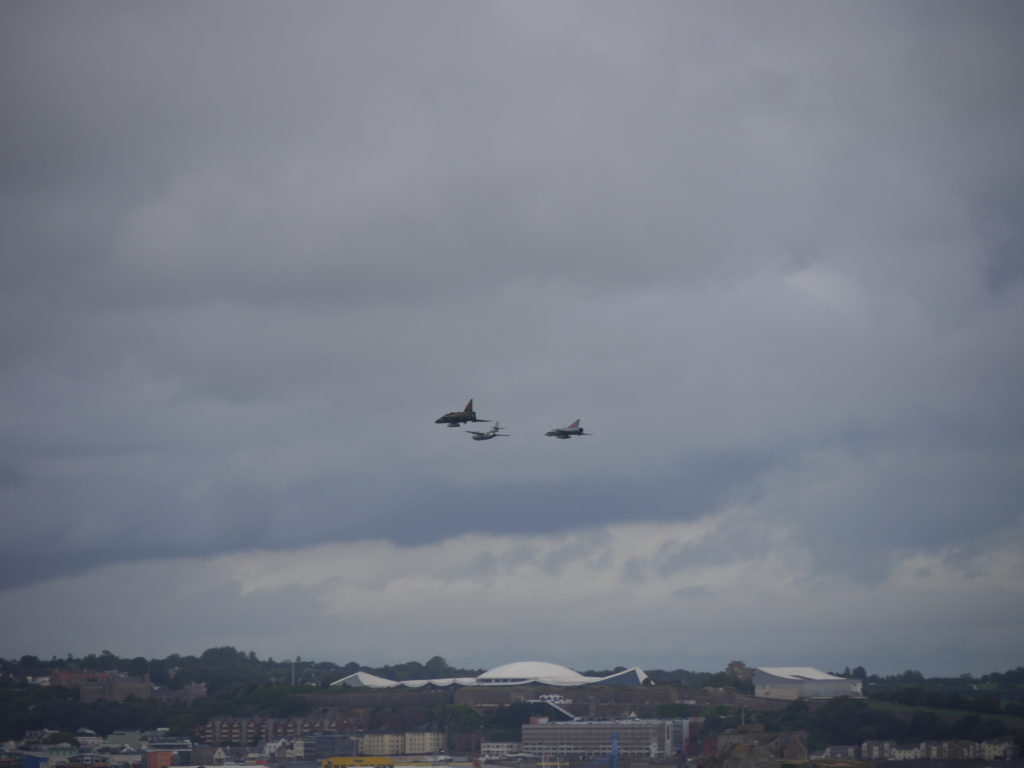

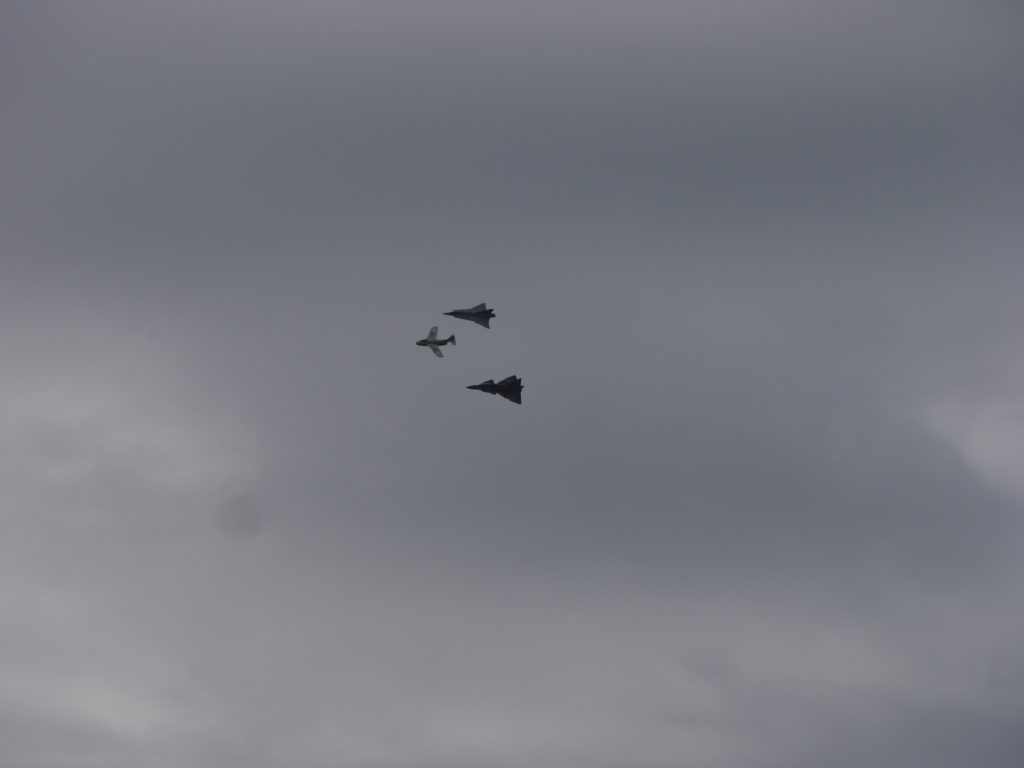
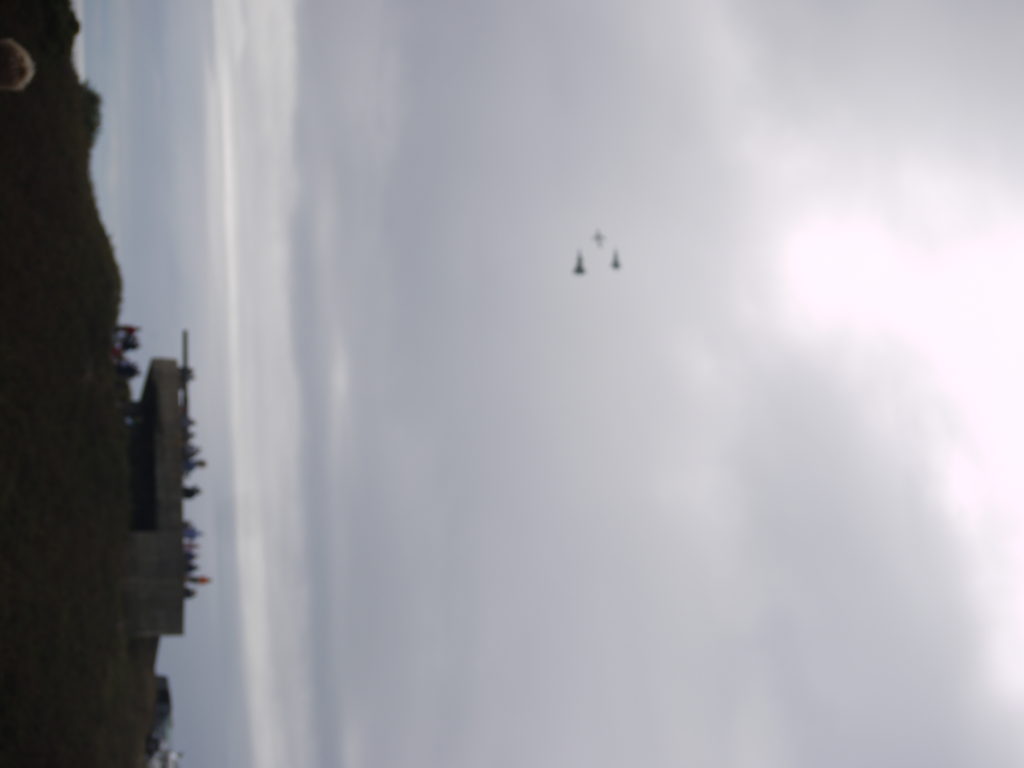
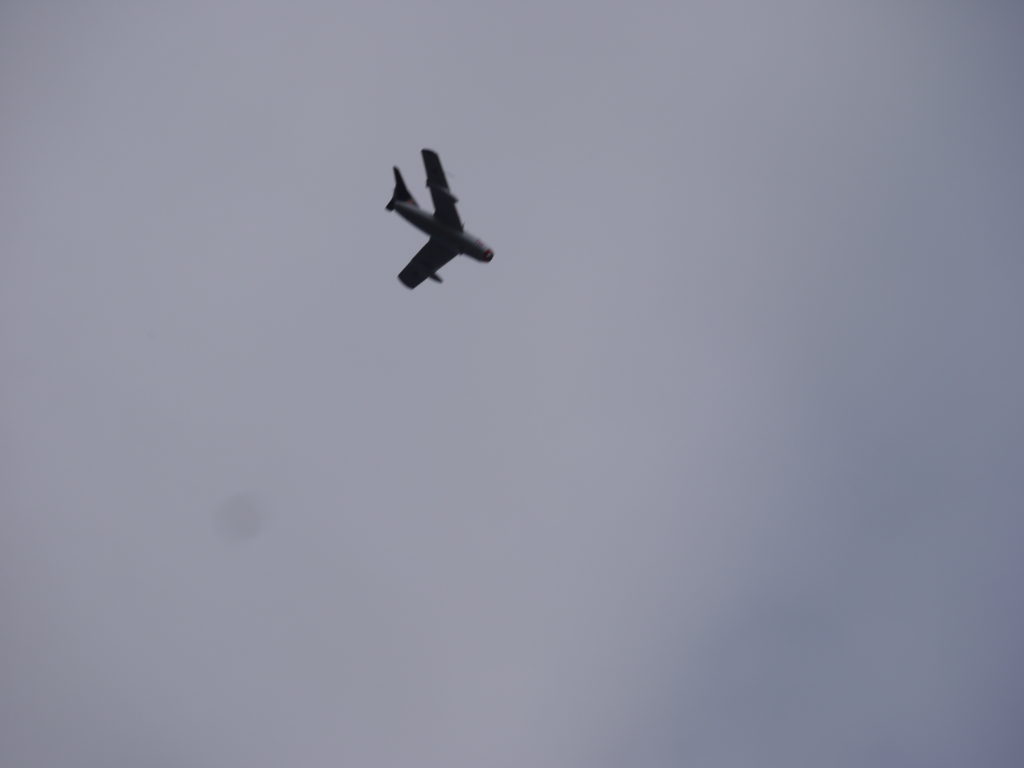

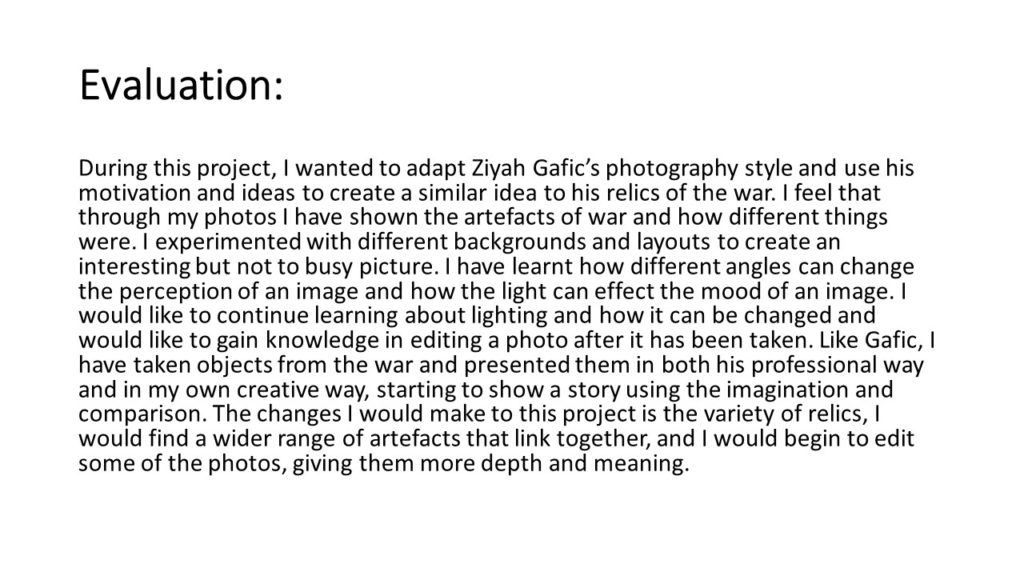
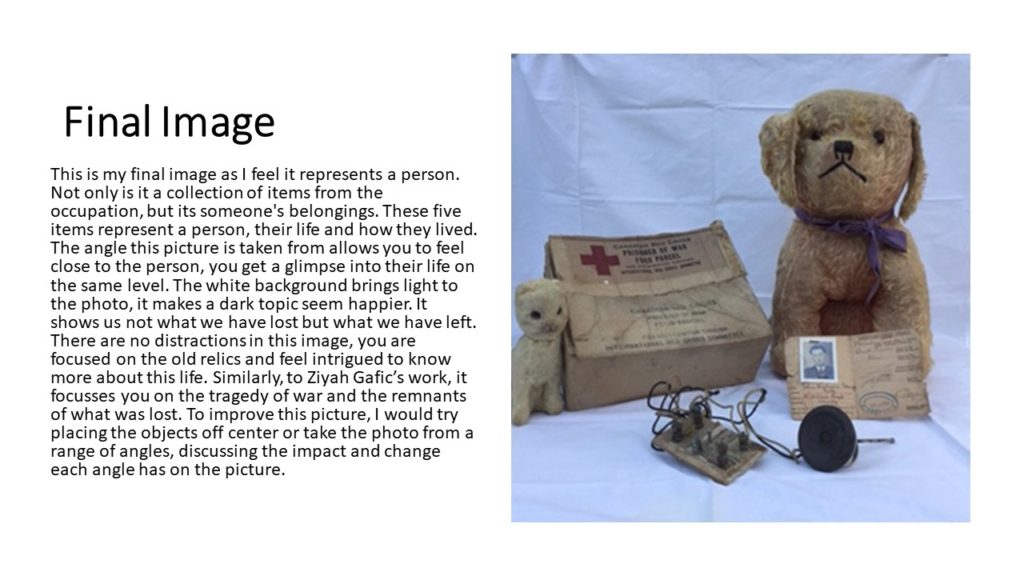

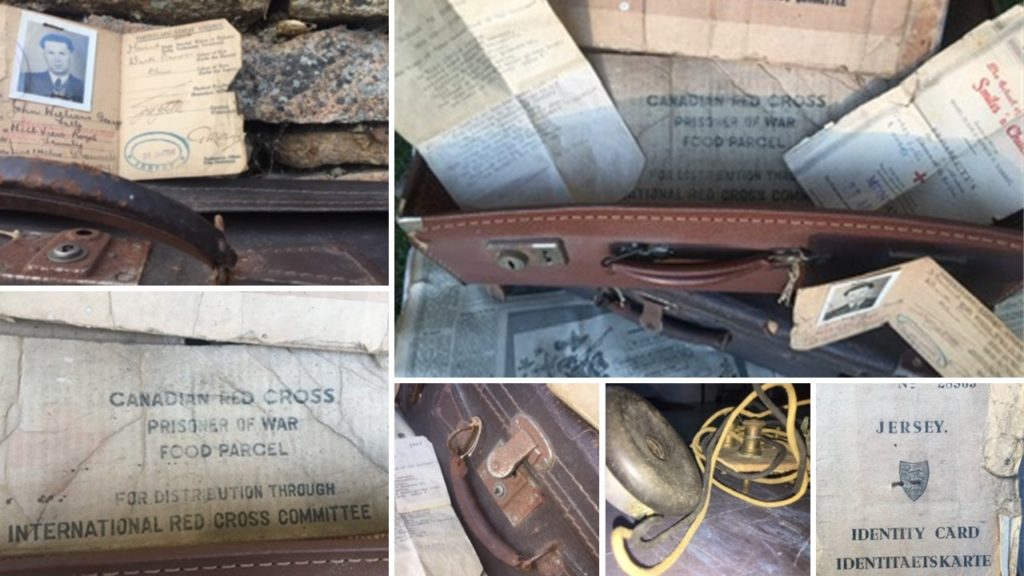
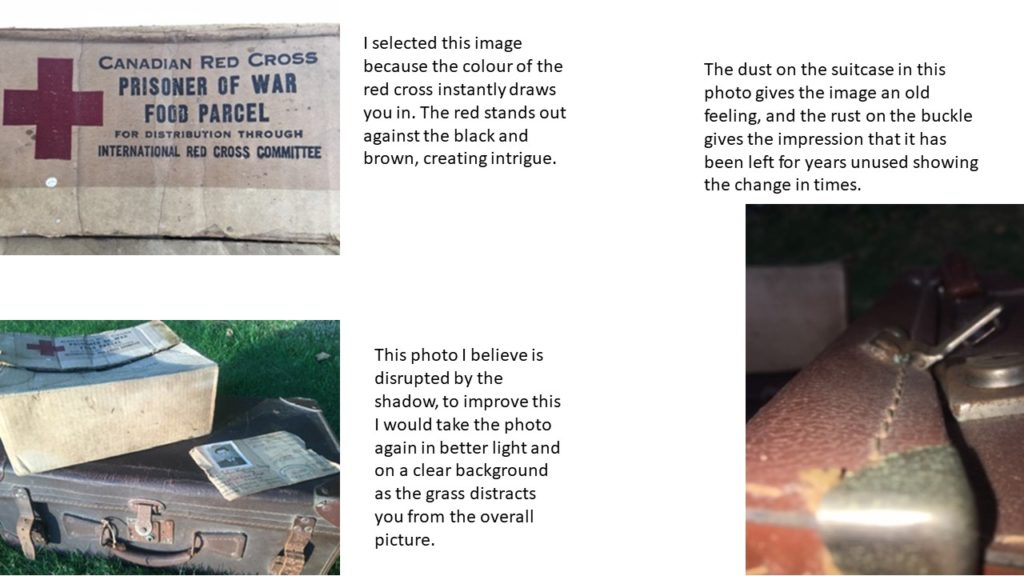
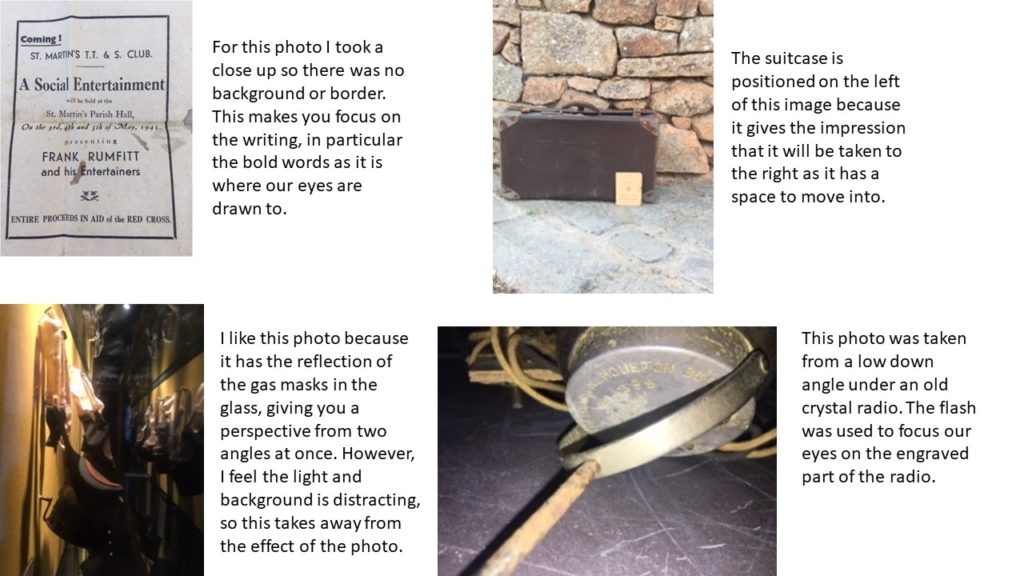


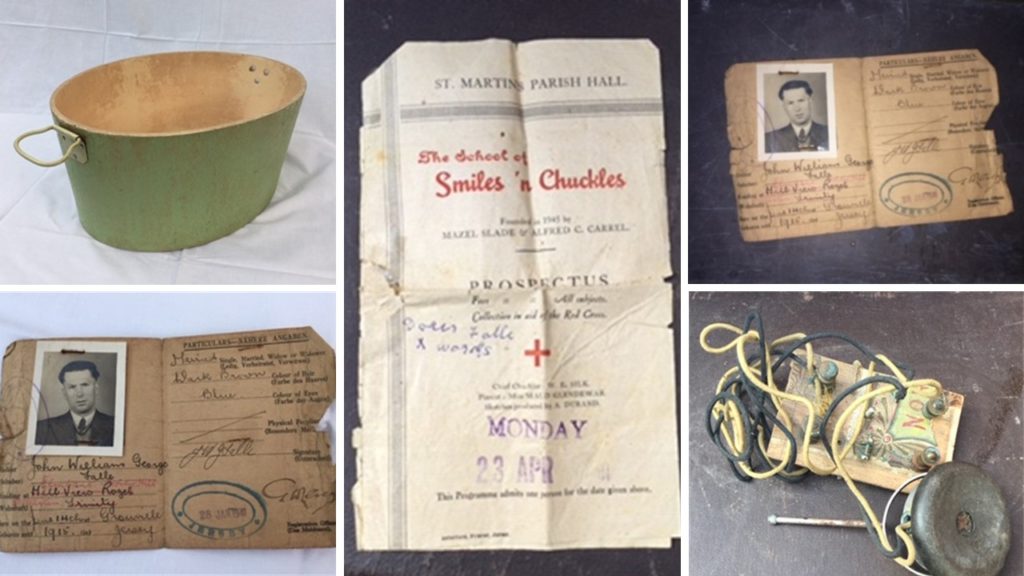

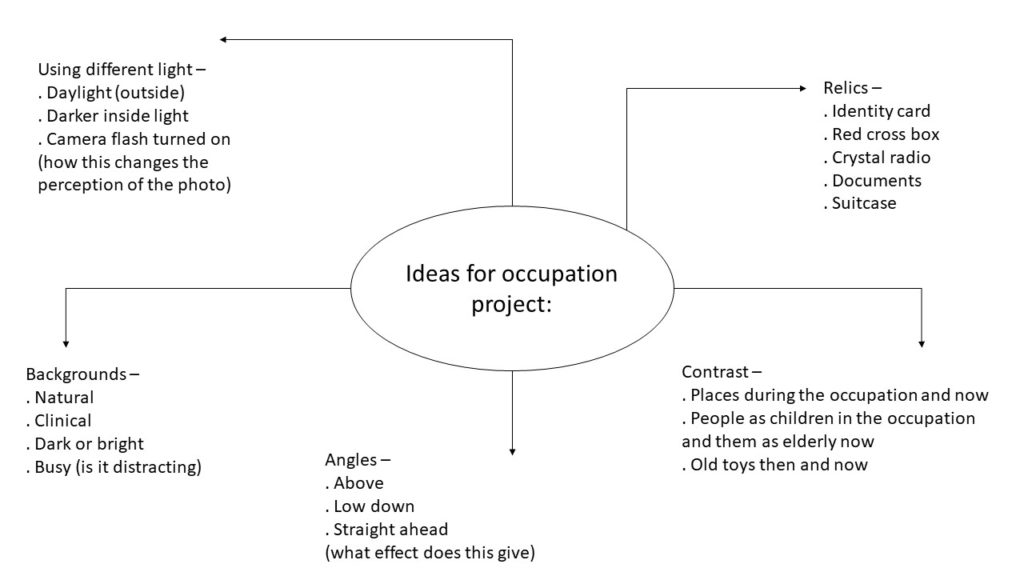
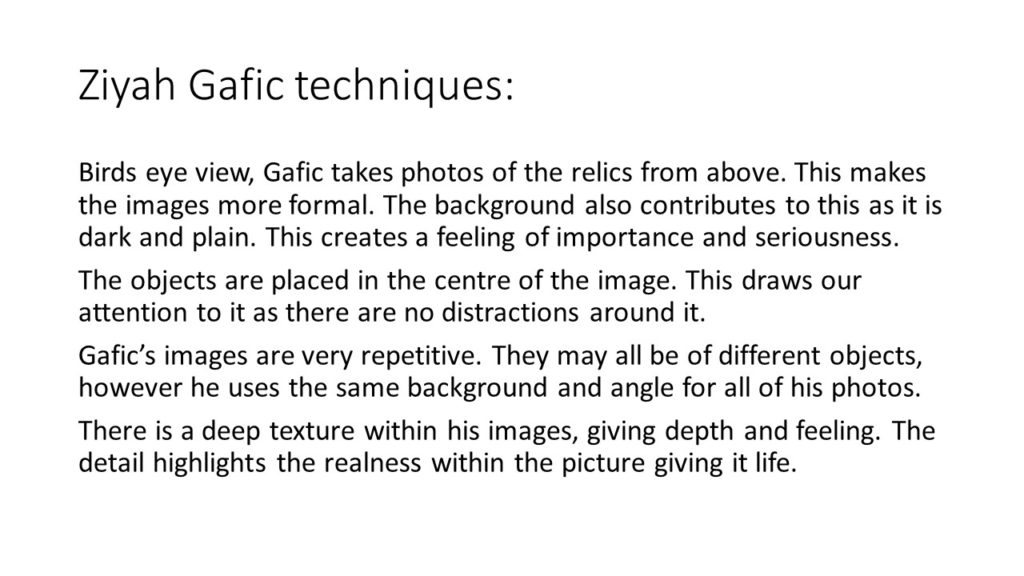
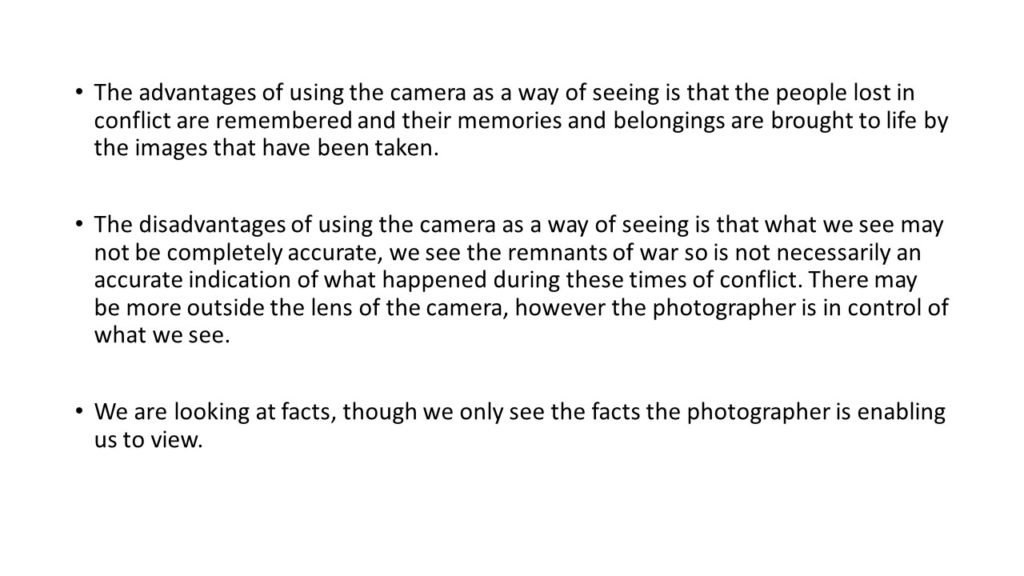








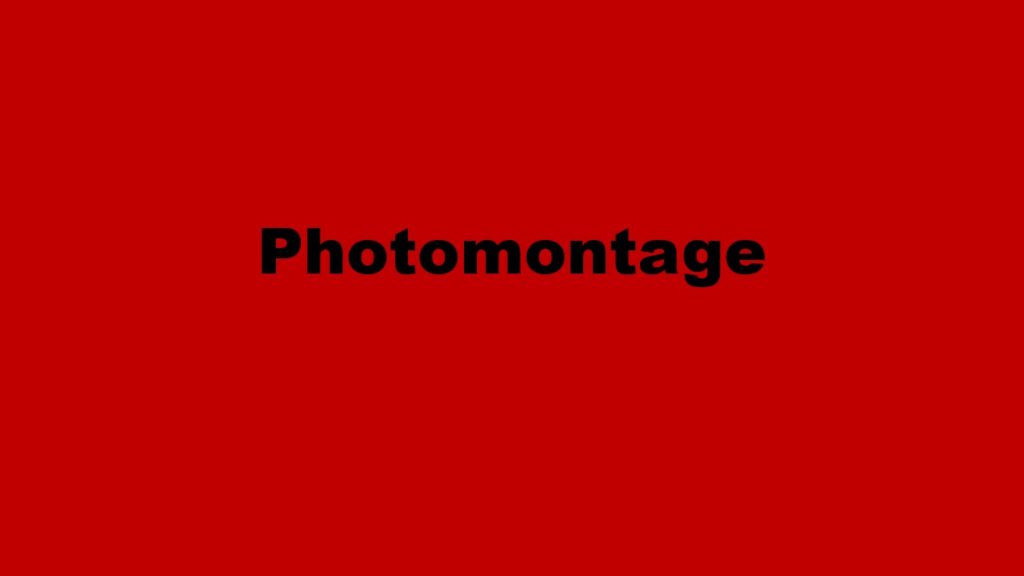

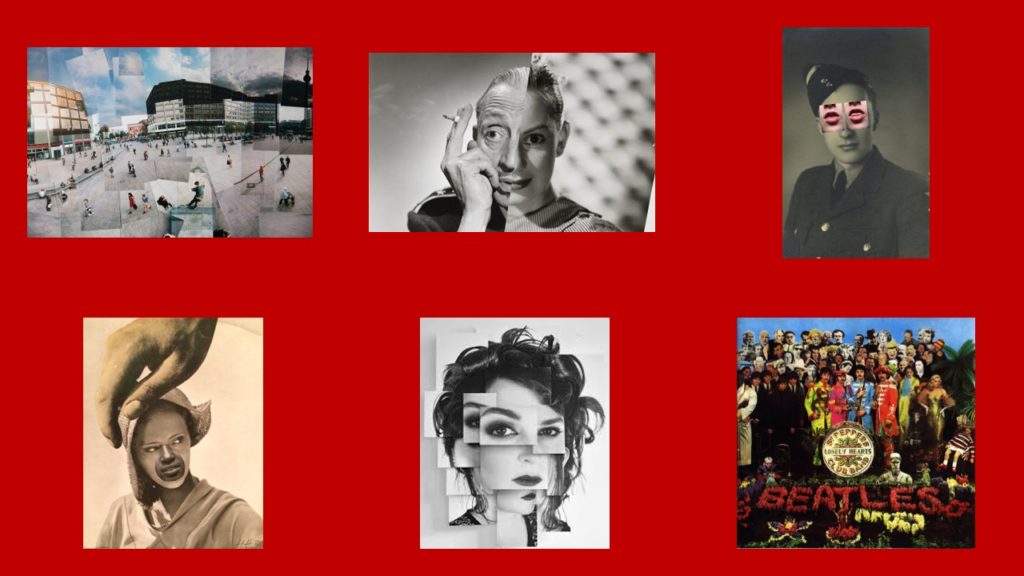
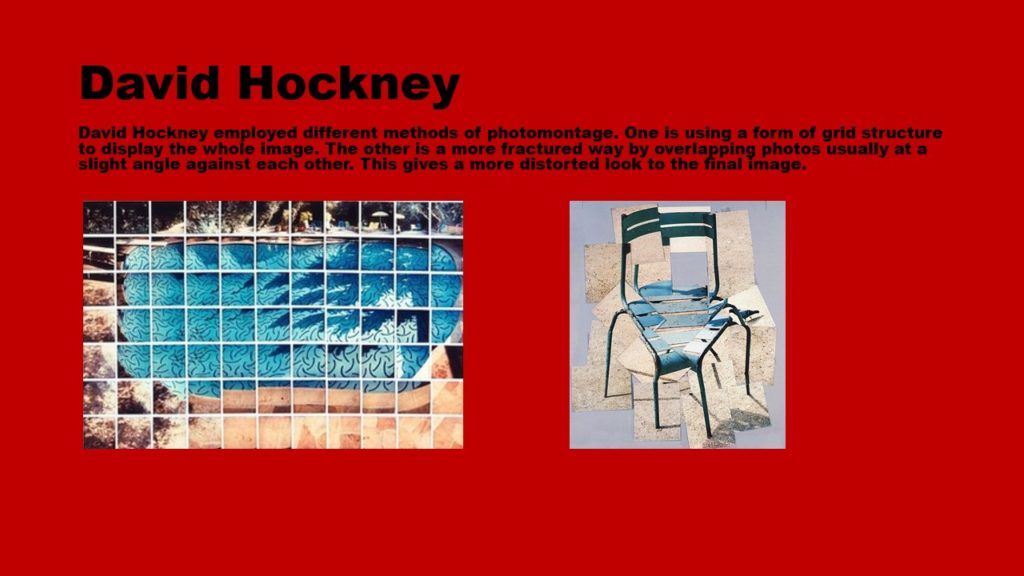
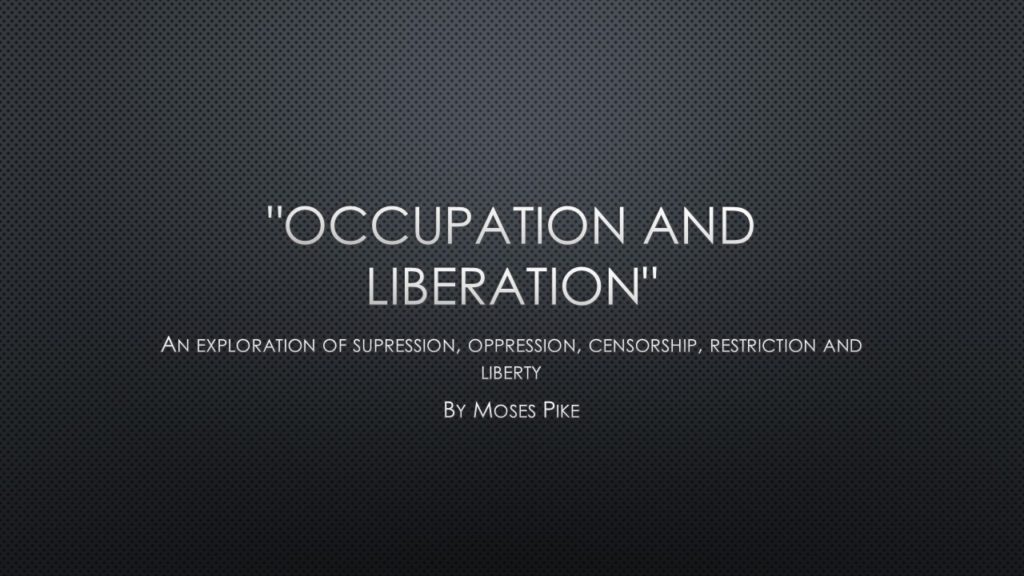





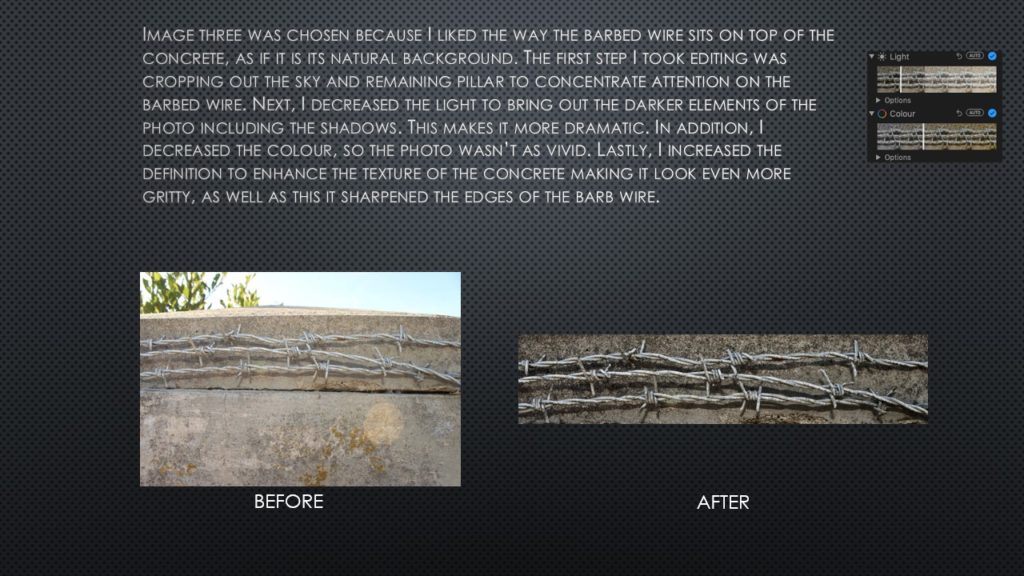


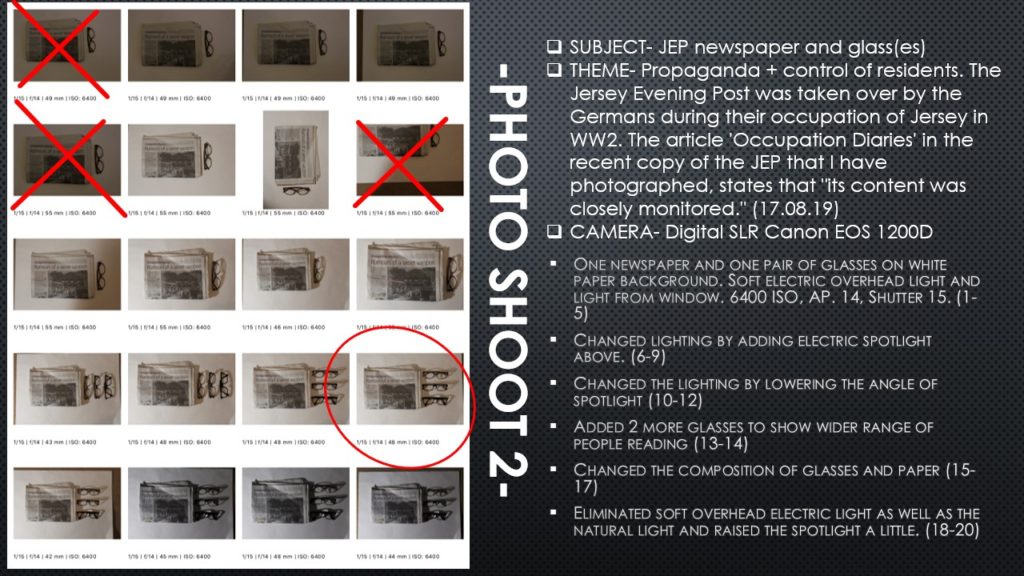


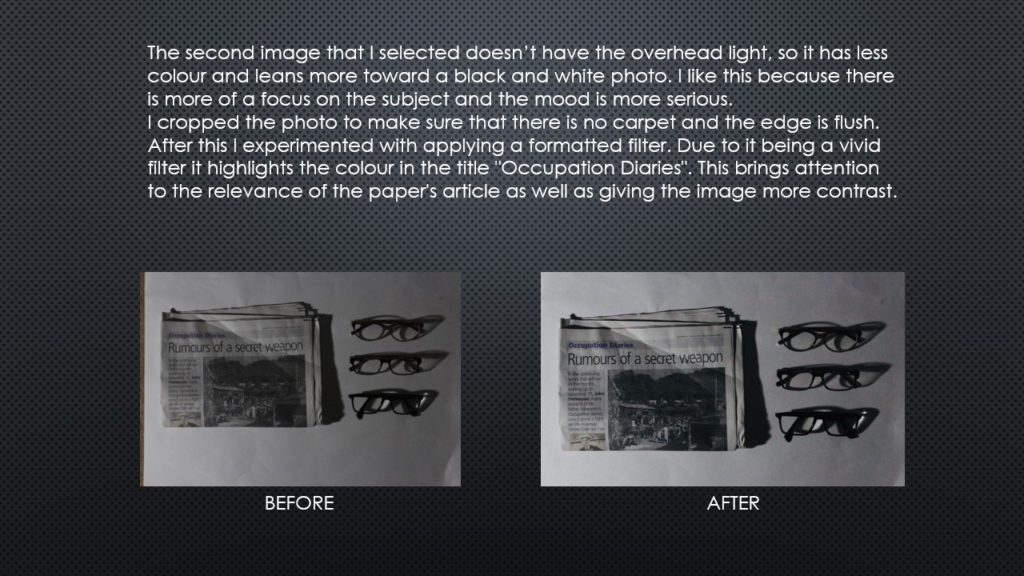
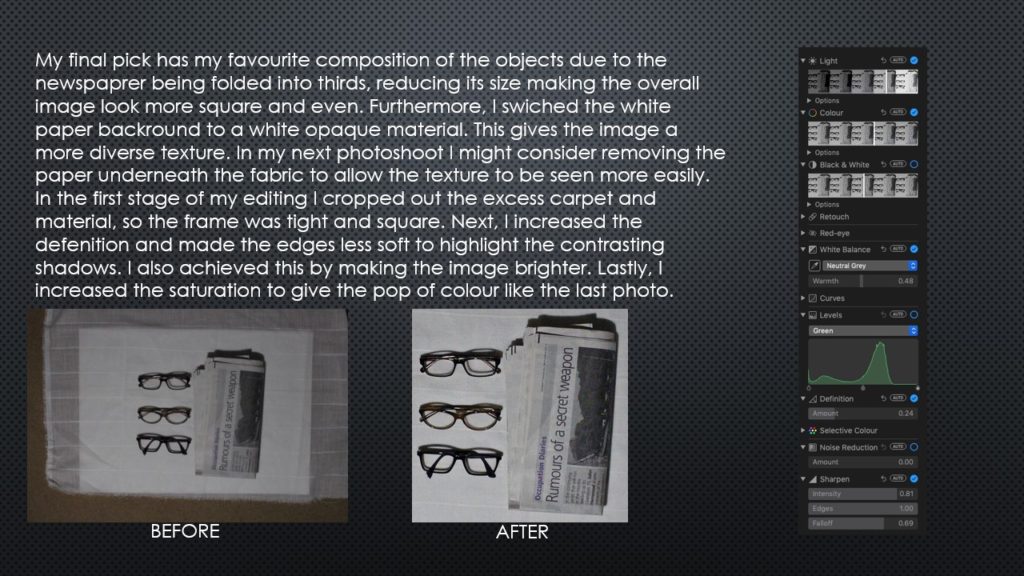

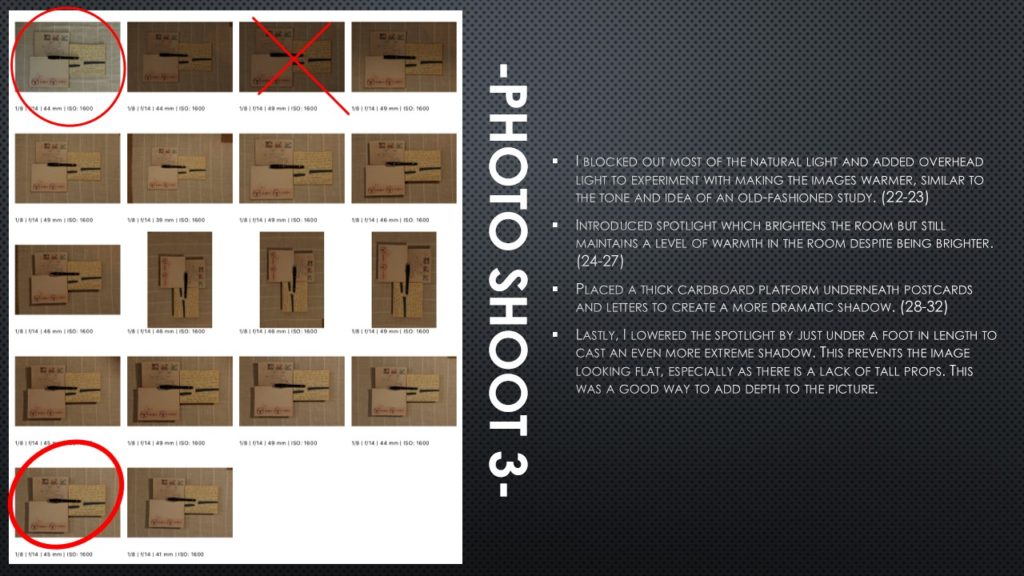
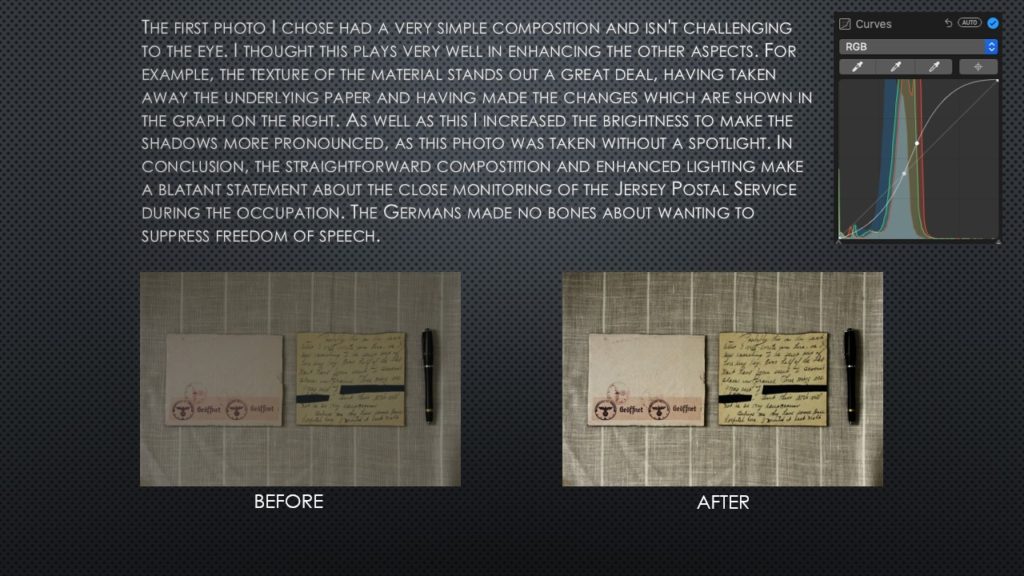

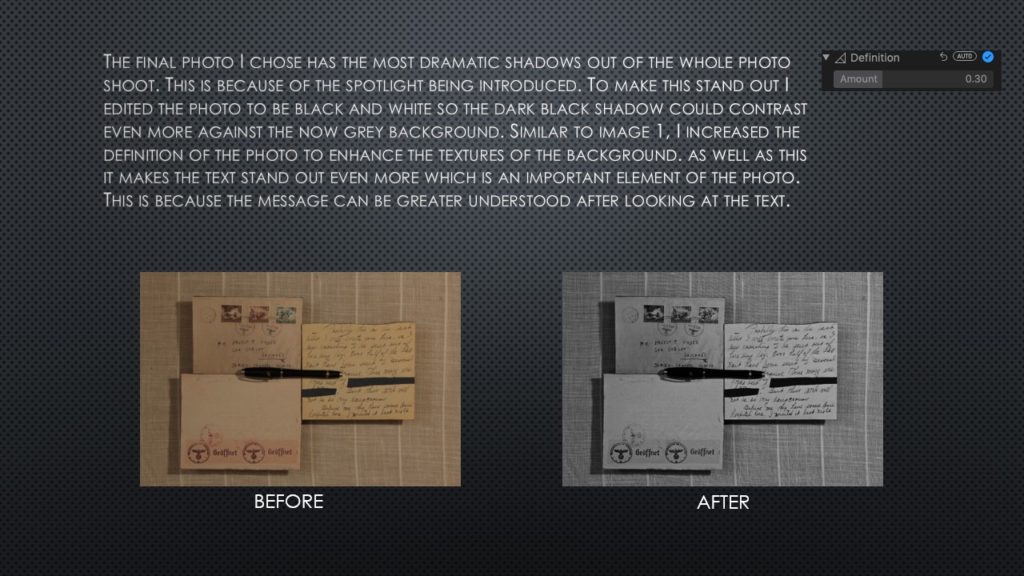
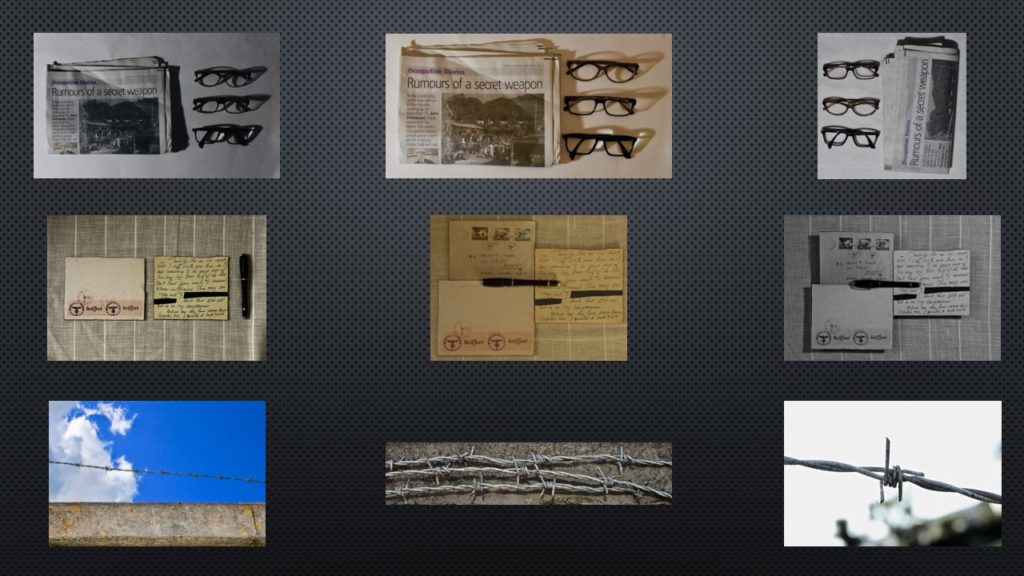
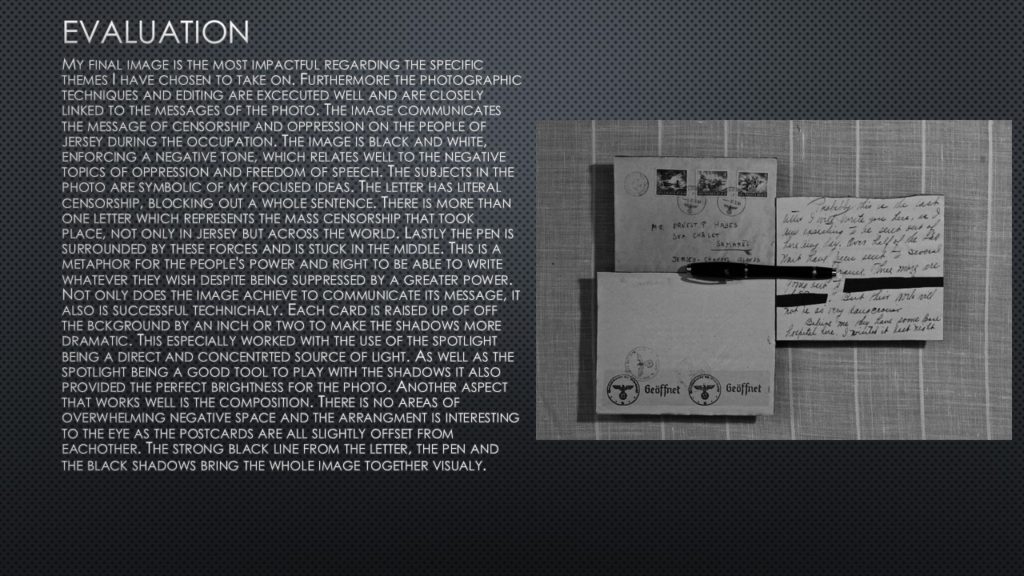
The definition of photomontage is cutting, rearranging, overlapping and gluing parts of different photographs to make one new picture. Sometimes it is digitally edited, normally using Adobe Photoshop, instead of physically being cut apart in order to make the final image neater and to make the transition between the different images smoother.

Many would credit the first known example of photomontage to Oscar Gustave Rejlander, with his ”The Two Ways of Life,” shown above. Quickly, many other artists would paste pictures together in this same style, later evolving from physically cutting and pasting to superimposing the images digitally, and the term ‘photomontage’ was created.
Modern 20th century examples of artists using photomontage include Martha Rosler, an American artist who tends to focus on the everyday life experience and women’s perspectives in her photomontages, as well as the recurring themes of war and human conflict. She used images from popular mass-market magazines as well as official documentation images from various wars, for example the Vietnam War, to create her final images.

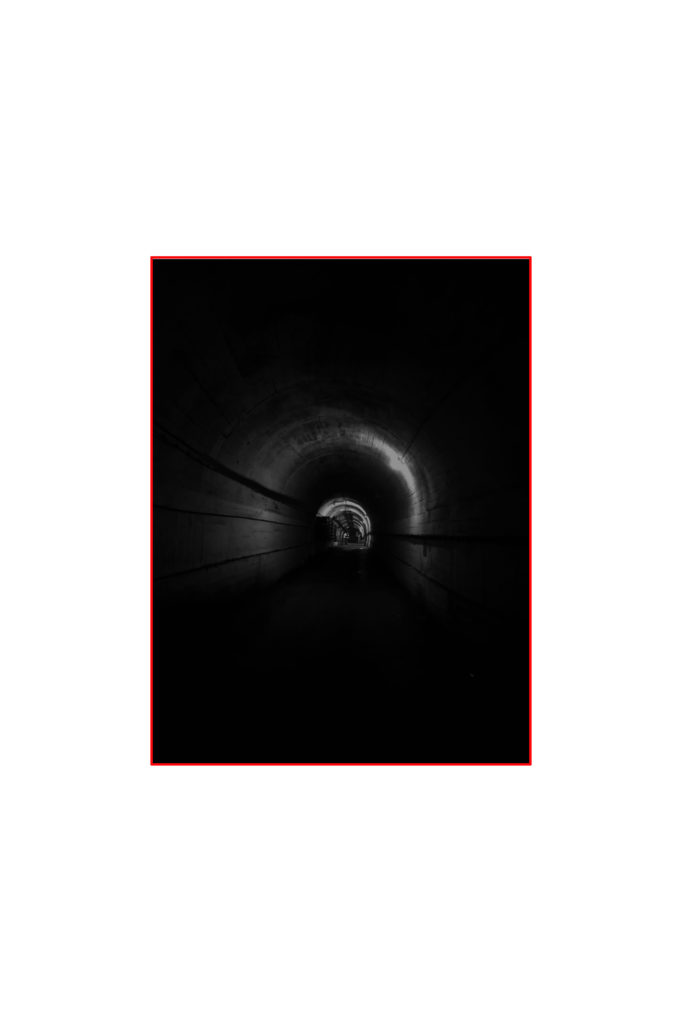
Hannah Hoch was a German photographer born in 1889. She has been referred to as one of the ‘originators of photomontage’. Hoch’s work often appeared to support feminism and encouraged the liberation of women during the weimar republic.
She was the last member of the Berlin Dada group to remain in Germany during the third Reich. She bought and lived in a small garden house in Berlin-Heiligensee, a remote area on the outskirts of Berlin.
She married businessman, Kurt Matthies, in 1938 and divorced him in 1944. She suffered from the Nazi censorship of art with her work deemed as “degenerate art”, which made it even more difficult for her to show her works.

Visual
Black and white photos contrast with the colour background. Represents Hoch’s attitude towards the weimar republic at the time and the difference between the treatment of men and women. Most of the images are sharp and grainy adding to the overall effect of this image.
Technical
grainy / low light adds to the meaning of this photomontage. There is a low contrast on the B&W photos with low highlights. There is a hint of natural light with the orange/yellow tint on the colour photos.
Contexual
Höch was a feminist during the weimar republic so this photomontage has a lot to say about women’s right during a tough period in German history. It is also likely that it wasn’t seen until late after the war due to the nazi censorship that restricted her work.
Conceptual
This was only one of many montages Höch created that support women during a time where there appeared to be no hope for women’s rights and equality. Höch received criticism from the nazi party and many politicians during her time and was even banned from exhibiting during the Nazi reign.